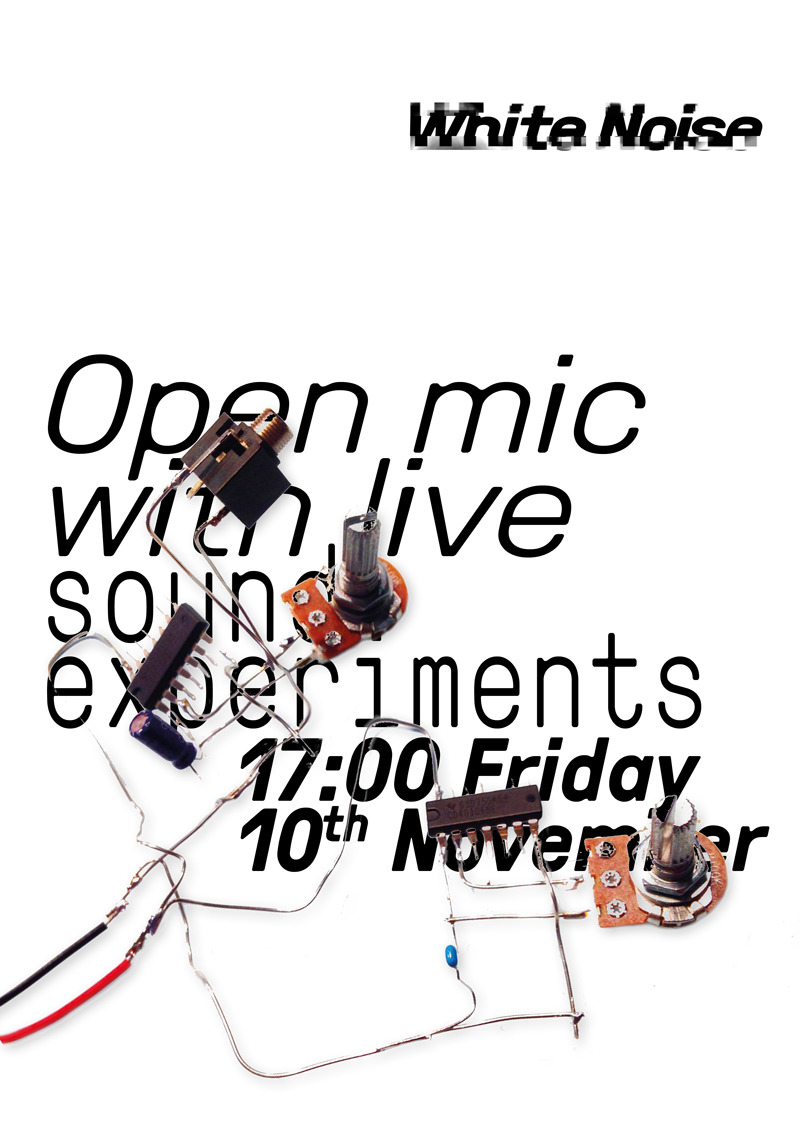Information Experience Design
2014-2021
This presents an archive of my involvement in the MA Information Experience Design at the Royal College of Art between 2014 to 2021, where I worked as a Visiting Lecturer, Senior Tutor and then Acting Head of Programme. So much happened during this time that this blog is likely to be a work in progress for a very long time. Indeed, it is already close to an infinite scroll!
In its simplest form IED is about collecting data (the information) and designing it into an experience with a particular audience and location for where the work will be interacted with in mind. The methods for doing this stretch across analogue and digital means of researching and practice. Work is often collaborative bringing together disciplines that do not often mix.
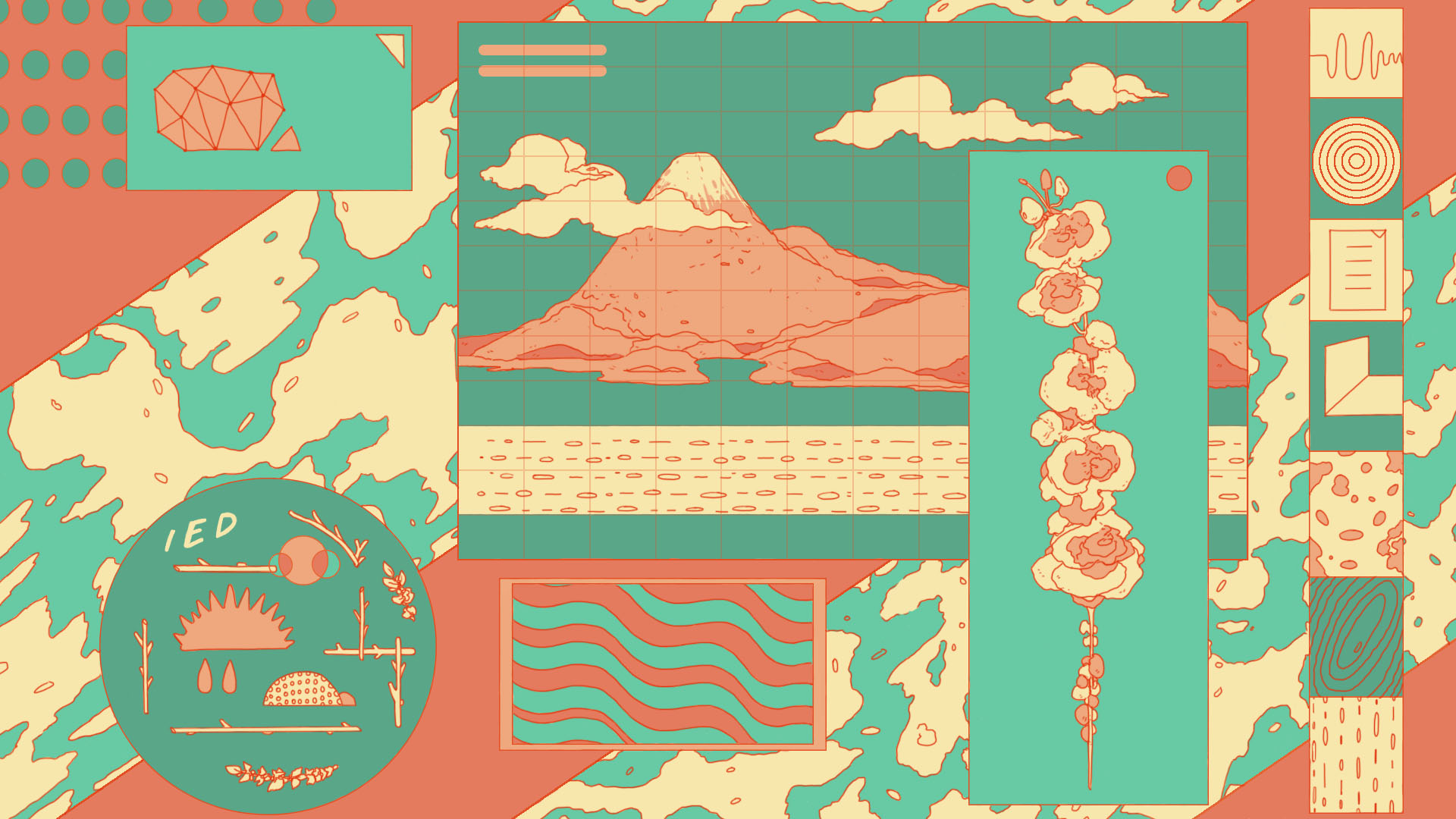
Visual Representation of IED by Olivia Sullivan, 2020
IED Lab
At the core of IED was a lab that formed the epicentre for an experimental approach to hands-on teaching and learning. Here students could come together for a taught session and have easy access to materials for prototyping and exploring core theories through making and doing. This was particularly important because the majority of IED work included digital and analogue materials realised in relatively large spaces for audiences to move and be within.

IED Lab, South Kennsington Campus

IED Lab, White City Campus
Also, the labs often came with a lot of good signage:
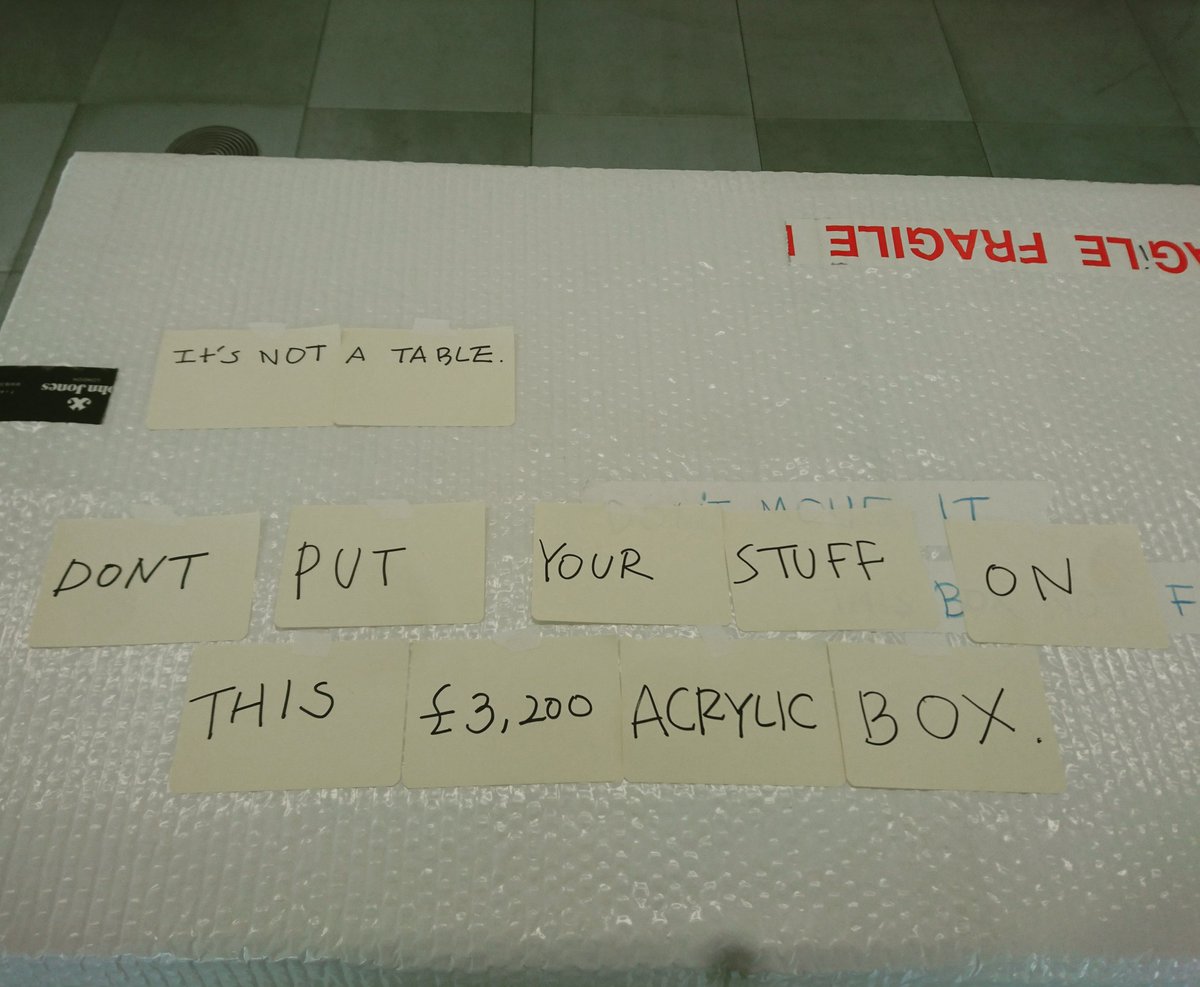





Seminars
Representation
Unflattening
Non human [Donna Haraway’s Cyborg Manifesto]
Journalism [Subjective Atlas of Palestine]
Relational Aesthetics
Water
Systems [Dancing with Systems by Donella Meadows]
Conversation
Design
Deep Time
Elements & Figures
Universal Design
Bio Design
Fungi
Unflattening
Non human [Donna Haraway’s Cyborg Manifesto]
Journalism [Subjective Atlas of Palestine]
Relational Aesthetics
Water
Systems [Dancing with Systems by Donella Meadows]
Conversation
Design
Deep Time
Elements & Figures
Universal Design
Bio Design
Fungi
Screens
New Materialism [Interview with Karen Barad]
Cybernetics
ASMR
Critical Design [Speculative Everything]
Critique [Towards a Constructive Technology Critisims]
Speculation
Naked Experience [Data Body as Artefact]
Beyond Information [Toward Embodied Virtuality]
Metaphysics
Innnovation
Investigative Design
Multimodality
Media Art
New Materialism [Interview with Karen Barad]
Cybernetics
ASMR
Critical Design [Speculative Everything]
Critique [Towards a Constructive Technology Critisims]
Speculation
Naked Experience [Data Body as Artefact]
Beyond Information [Toward Embodied Virtuality]
Metaphysics
Innnovation
Investigative Design
Multimodality
Media Art
Spheres
Design for Inclusivity
Texture [Material as Metaphor]
Information
Emotion
History of computer Art
John Cage at 70
Human Computer Interaction
Digital Touch
Affordance
Serious Gaming
Lines
Prophesy
Augmentation
Artists and Architects
Senses
Topology
Relations
Design for Inclusivity
Texture [Material as Metaphor]
Information
Emotion
History of computer Art
John Cage at 70
Human Computer Interaction
Digital Touch
Affordance
Serious Gaming
Lines
Prophesy
Augmentation
Artists and Architects
Senses
Topology
Relations
Affordances. Key reading: Gibson’s Theory of Affordances. Key viewing: The Social Life of Small Urban Spaces.

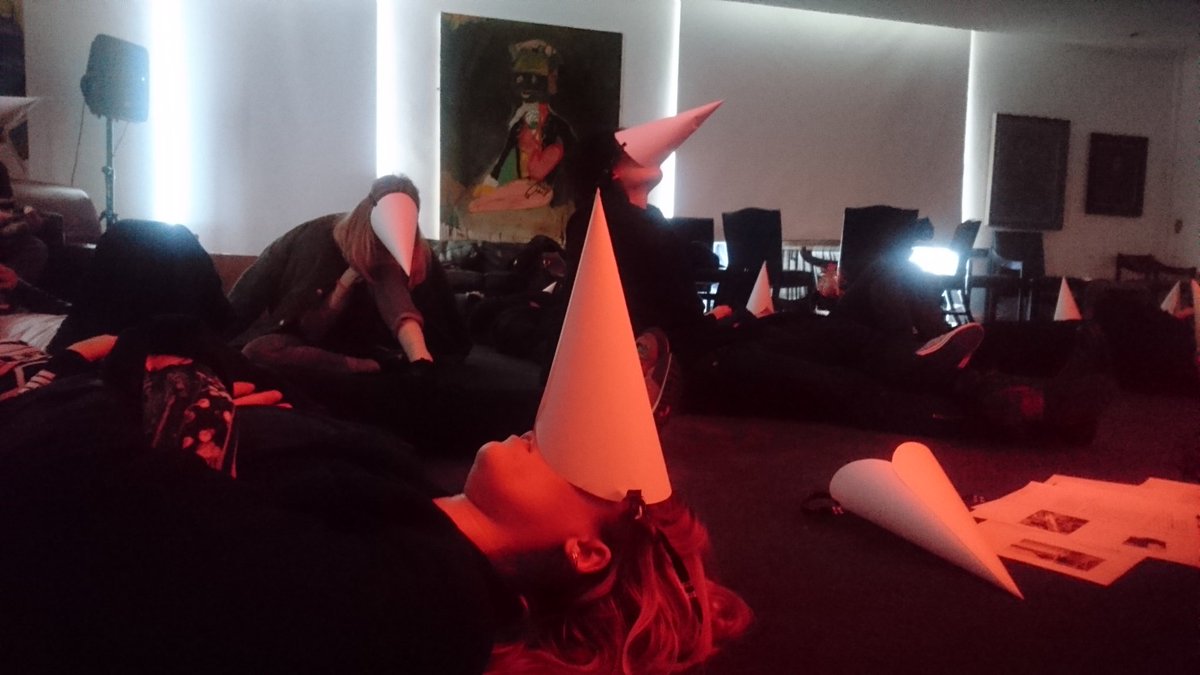

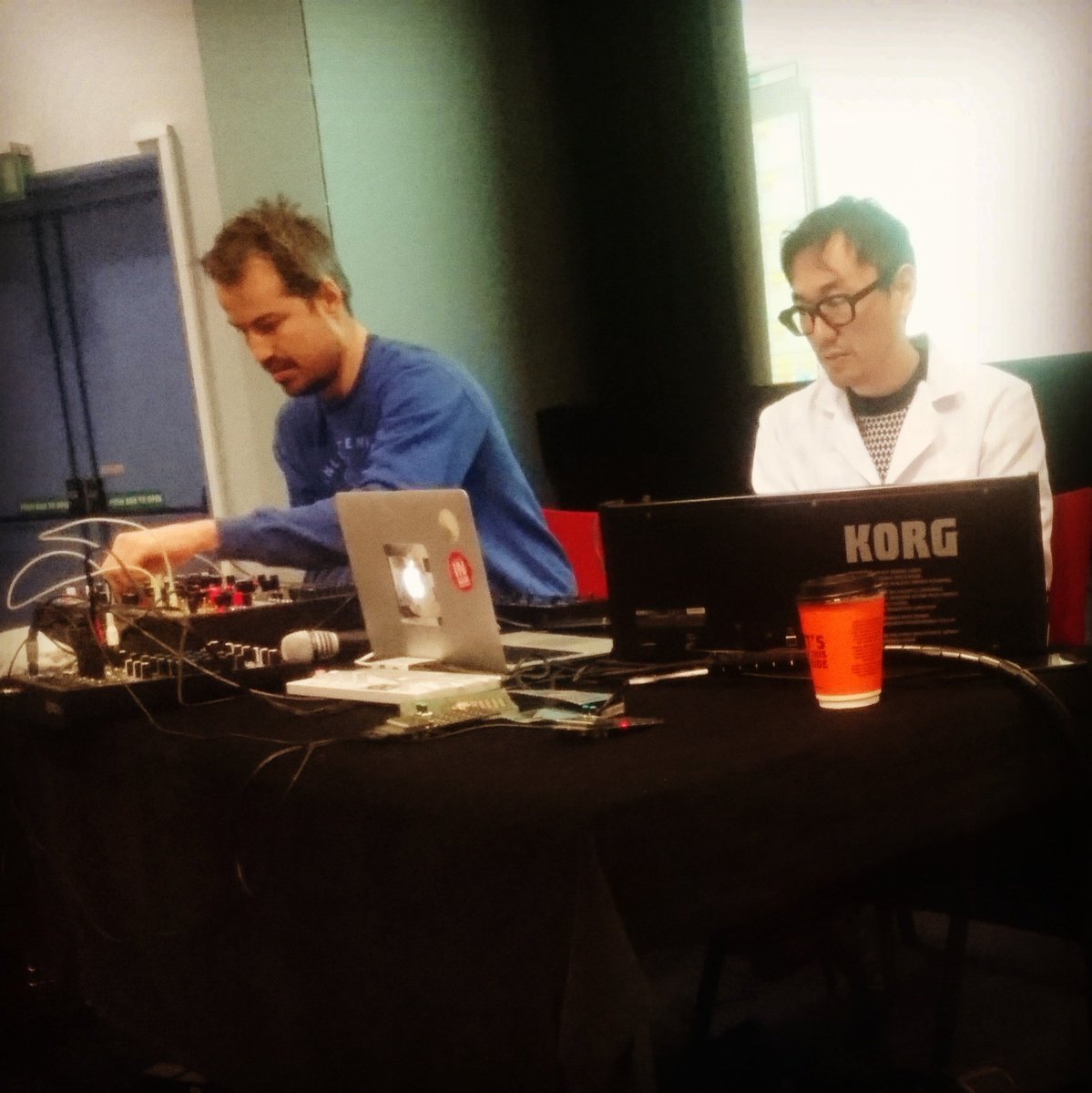

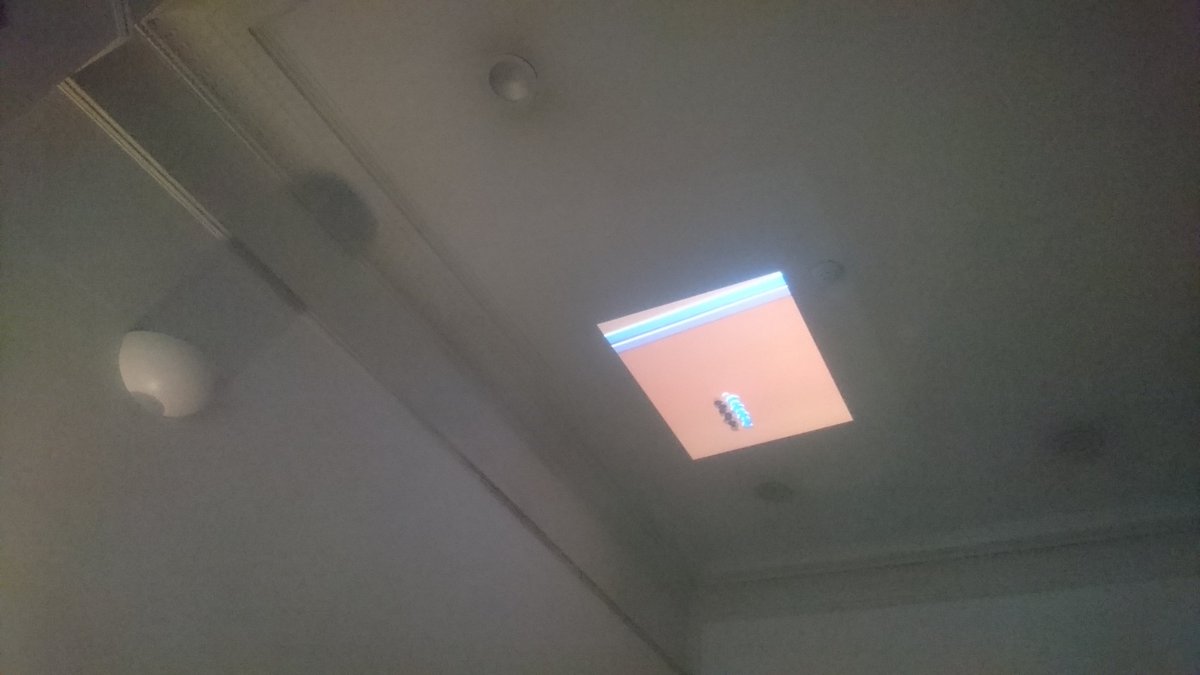
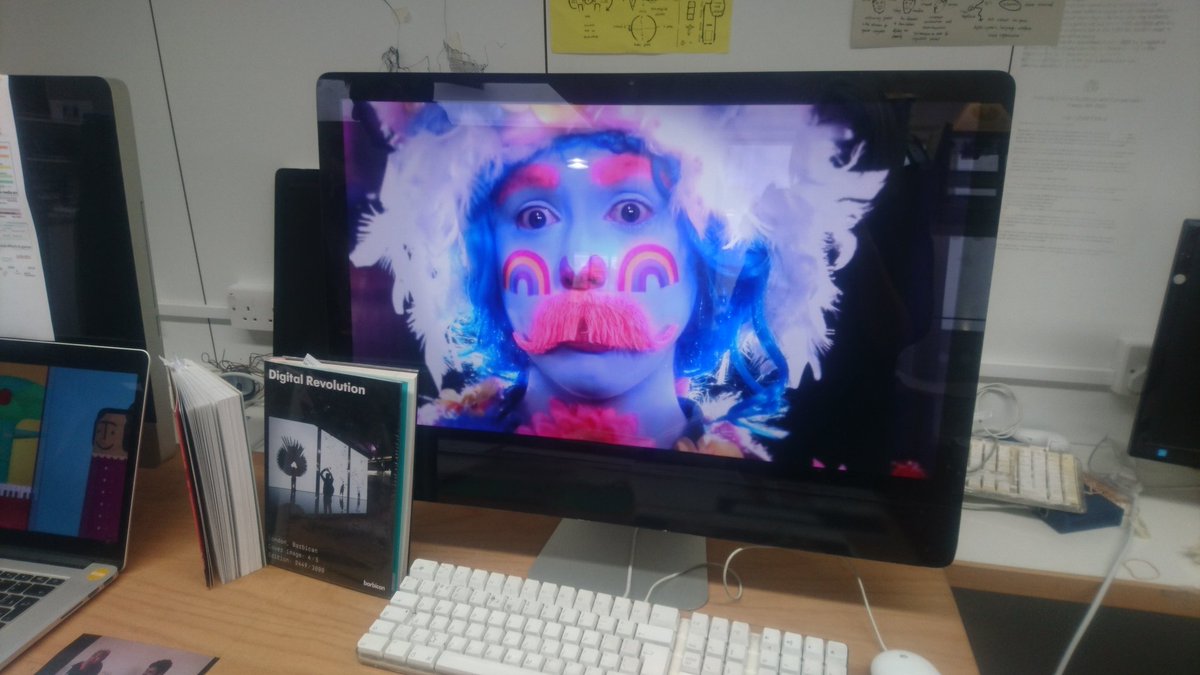

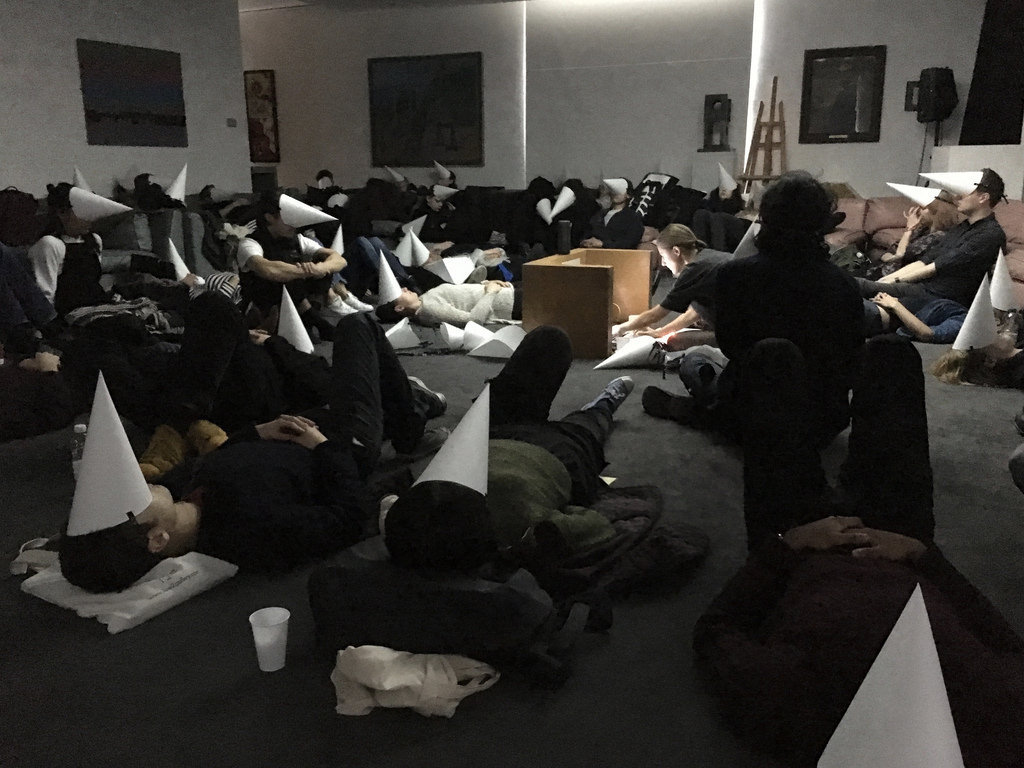
Professional Practice/ Guests
Hirsh & Mann. More details here.
Sophie Clements. More details here.
Sophie came in to give a talk about her work ‘When The Clouds Clear – A Light and Sound Poem’ with Nik Bärtsch’ which was being performed at the Barbican. She took some IED students through the process of install. She also went on to become a Visiting Lecturer for IED.
![]()
![]() Images by Sophie Clements
Images by Sophie Clements
Block 9. More details here.
Block 9 make massive installations for music events and installations. I took students on a studio visit to Block 9 to learn about their ways of working. One of the things that have stuck in my mind is their mention of wanting to make spaces for people to listen to music that might make them feel like they had taken drugs, even when they had not.
Peter Shenai
Lawrence Lek
Open Cell
NESTA
Ain Baily
Tim Ingold
Bompas & Parr
Sarah Homewood. November, 2016. More details here
Sophie Clements. More details here.
Sophie came in to give a talk about her work ‘When The Clouds Clear – A Light and Sound Poem’ with Nik Bärtsch’ which was being performed at the Barbican. She took some IED students through the process of install. She also went on to become a Visiting Lecturer for IED.
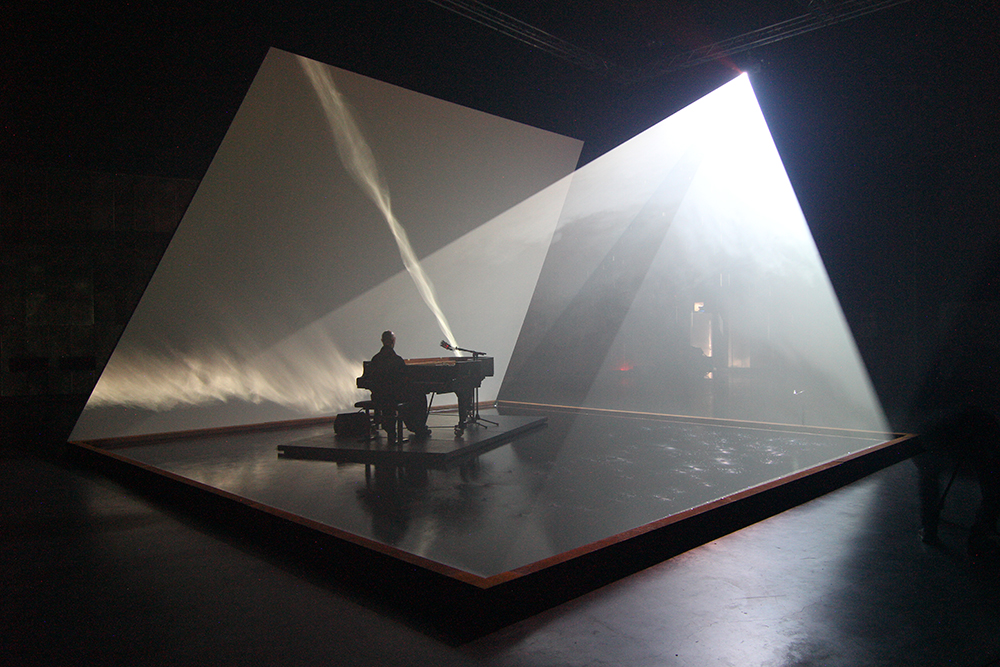
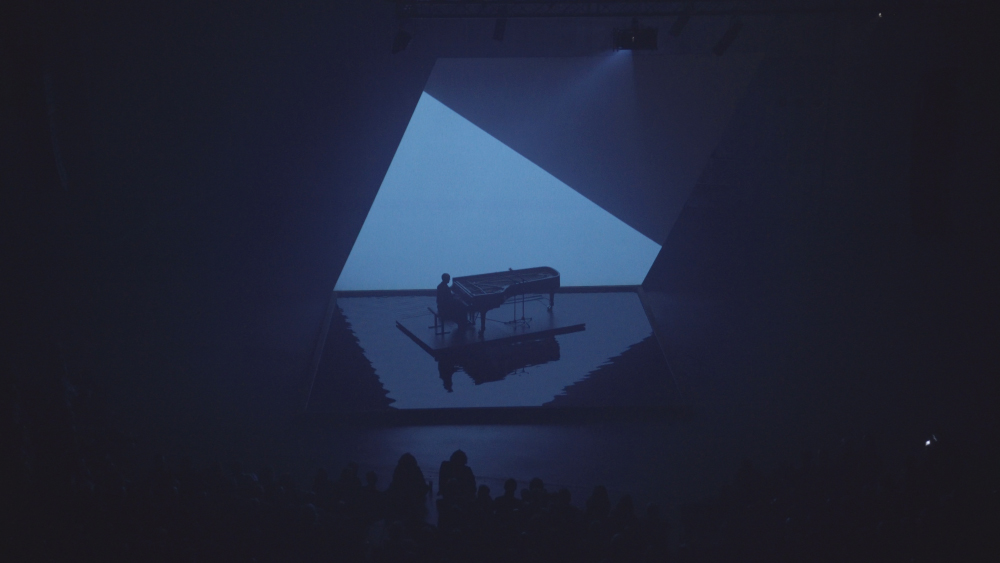
Block 9. More details here.
Block 9 make massive installations for music events and installations. I took students on a studio visit to Block 9 to learn about their ways of working. One of the things that have stuck in my mind is their mention of wanting to make spaces for people to listen to music that might make them feel like they had taken drugs, even when they had not.
Peter Shenai
Lawrence Lek
Open Cell
NESTA
Ain Baily
Tim Ingold
Bompas & Parr
Sarah Homewood. November, 2016. More details here
Elise
April, 2017
Elise is a sculptor. More details here.



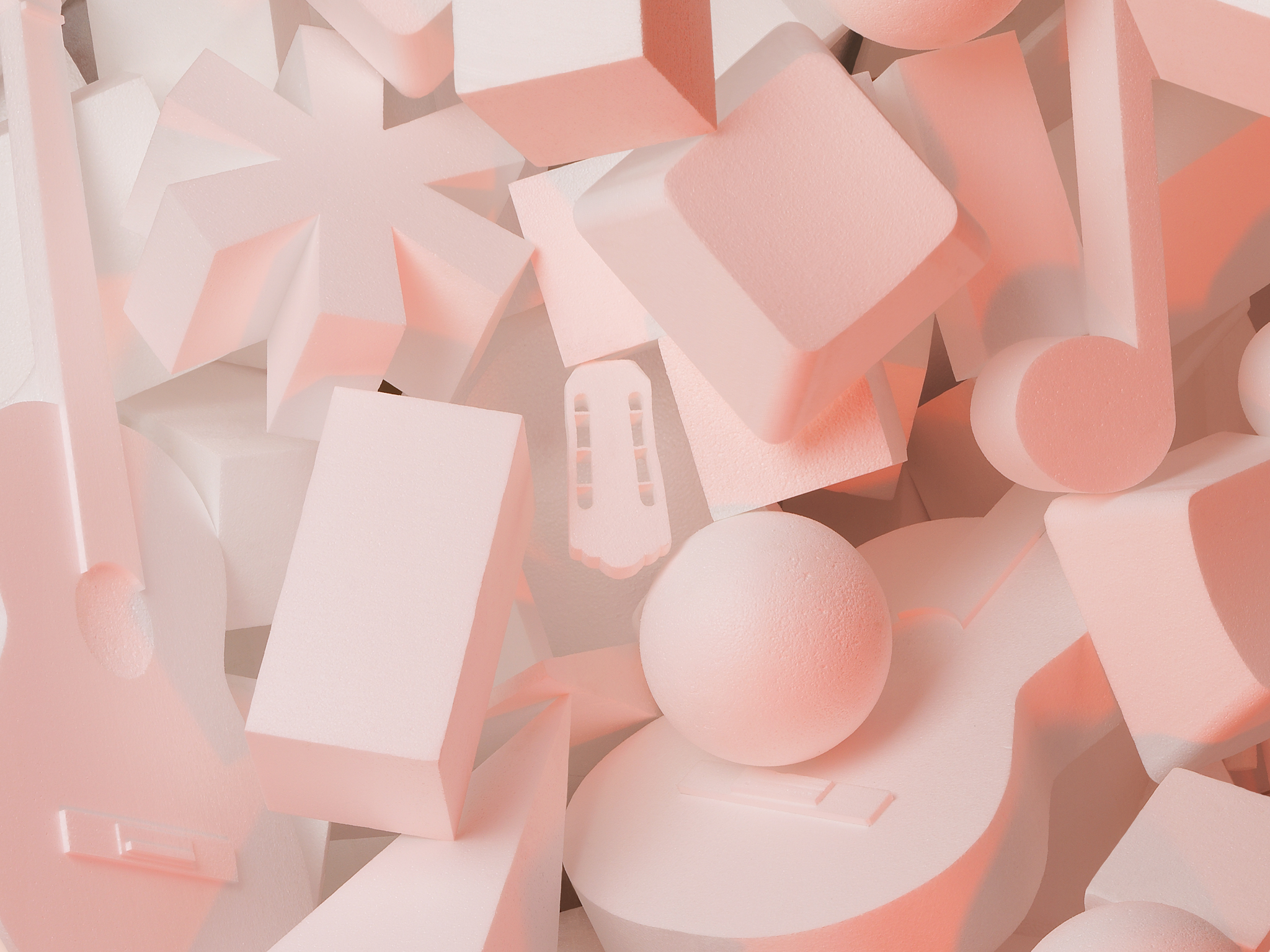
Reading Lists
2020/21
Information Experience Design General
Bogers, L. & Letizia Chiappini- The Critical Makers Reader
Byung-Chul Han (2017) Psychopolitics: Neoliberalism and New Technologies of Power, Verso Books.
Campagna, F. (2018) Technic and Magic: The Reconstruction of Reality. Bloomsbury.
Dunne, A., Raby, F., (2014) Speculative Everything; Design, Fiction and Social Dreaming, MIT.
Escobar, A. (2018) Designs for the Pluriverse: Radical Interdependence, Autonomy, and the Making of Worlds.
Fuller, M. & Goffey, A. (2012) Evil Media. MIT Press.
Gabrys, J. (2013) Exploring the materiality of digital devices through electronic waste. University of Michigan Press.
Gilroy, P. (1993) The Black Atlantic. Verso Books
Haraway, D. (2016) Staying with the Trouble, Durham, Duke University.
Noble, S. U. (2018) Algorithms of Oppression: How Search Engines Reinforce Racism [RCA hold digital copy]
Nold, C. (2009) Emotional Cartography: Technologies of the Self.
Souansis, N. (2015) Unflattening. Harvard University Press.
Tsing, A. (2017) The Mushroom at the End of the World: On the Possibility of Life in Capitalist Ruins [RCA hold digital copy]
Virilio, P. (2008), Open Sky, London, Verso.
Experiemental Design
XD: Systems
-D'Ignazio, C. and Klein, L. F. - Data Feminism
-Jones, C. et al (2016) Experience: Culture, Cognition, and the Common Sens. MIT Press.
-Kuhn, G. (2019) Experiencing the Impossible: The Science of Magic. MIT Press
![]()
-Zuboff, S. (2019) The Age of Surveillance Capitalism. Profile Books.
-D'Ignazio, C. and Klein, L. F. - Data Feminism
-Jones, C. et al (2016) Experience: Culture, Cognition, and the Common Sens. MIT Press.
-Kuhn, G. (2019) Experiencing the Impossible: The Science of Magic. MIT Press

-Zuboff, S. (2019) The Age of Surveillance Capitalism. Profile Books.
XD: Stories & Games
-Bailes, J. (2019) Ideology and the Virtual City, Videogames, Power Fantasies and Neoliberalism, Zero Books.
-Grau. O. (2004) Virtual Art: From Illusion to Immersion, Cambridge, MA, the MIT Press.
-Madden, M. (2006) 99 Ways to Tell a Story: Exercises in Style.
-Mazzucchelli, D. Asteliop Polyp. New York: Pantheon Books
-Rose, M. (2018) ‘The Immersive turn: hype and hope in the emergence of virtual reality as a nonfiction platform’. From Studies in documentary film, 2018, Vol 12, No 2, p.132-149.
-Ryan, M-L. (2015) Narrative as Virtual Reality 2. Revisiting Immersion and Interactivity in Literature and Electronic Media, Baltimore: John Hopkins Press.
-Bailes, J. (2019) Ideology and the Virtual City, Videogames, Power Fantasies and Neoliberalism, Zero Books.
-Grau. O. (2004) Virtual Art: From Illusion to Immersion, Cambridge, MA, the MIT Press.
-Madden, M. (2006) 99 Ways to Tell a Story: Exercises in Style.
-Mazzucchelli, D. Asteliop Polyp. New York: Pantheon Books
-Rose, M. (2018) ‘The Immersive turn: hype and hope in the emergence of virtual reality as a nonfiction platform’. From Studies in documentary film, 2018, Vol 12, No 2, p.132-149.
-Ryan, M-L. (2015) Narrative as Virtual Reality 2. Revisiting Immersion and Interactivity in Literature and Electronic Media, Baltimore: John Hopkins Press.
XD: Science & Art
-Barad, K. (2007) Meeting the Universe Halfway: Quantum Physics and the Entanglement of Matter and Meaning.
-De Lauretis, T. (1987) Technologies of Gender. Indiana University Press
-Le Guin, U.K. (2019) Always Coming Home.
![]()
-Le Guin, U.K. (2017) The left Hand of Darkness.
-Barad, K. (2007) Meeting the Universe Halfway: Quantum Physics and the Entanglement of Matter and Meaning.
-De Lauretis, T. (1987) Technologies of Gender. Indiana University Press
-Le Guin, U.K. (2019) Always Coming Home.
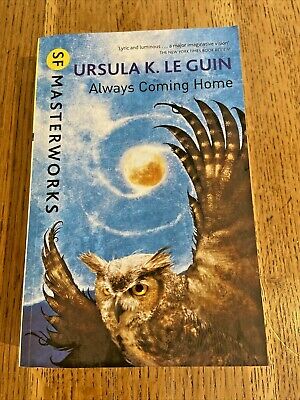
-Le Guin, U.K. (2017) The left Hand of Darkness.
XD: Spatial
-Easterling, K. Extrastatecraft
-María Puig de la Bellacasa, Matters of Care: Speculative Ethics in More than Human Worlds.
-Meissen, M. Crossbenching: Toward Participation as Critical Spatial Practice.
-Schuppli, S. – Material Witness: Media, Forensics, Evidence.
-Stoner, J. Toward a Minor Architecture.
-Tsing, A. Nils Bubandt, Gan, E., Swanson, H. A. (2017)Arts of Living on a Damaged Planet: Ghosts and Monsters of the Anthropocene.![]()
-Easterling, K. Extrastatecraft
-María Puig de la Bellacasa, Matters of Care: Speculative Ethics in More than Human Worlds.
-Meissen, M. Crossbenching: Toward Participation as Critical Spatial Practice.
-Schuppli, S. – Material Witness: Media, Forensics, Evidence.
-Stoner, J. Toward a Minor Architecture.
-Tsing, A. Nils Bubandt, Gan, E., Swanson, H. A. (2017)Arts of Living on a Damaged Planet: Ghosts and Monsters of the Anthropocene.

Sound Design
-Augoyard, J. (2006) Sonic Experience: A guide to Everyday Sounds.
-Eshun, K. (1998) More Brilliant than the Sun: Adventures on Sonic Fiction.
-Fryer, L.- An Introduction to Audio Description
-Goodman, S. (2012) Sonic Warfare: Sound Affect and the Ecology of Fear. MIT Press.
-Henriques, J. (2011) Sonic Bodies: Reggae Sound Systems, Performance Techniques, and Ways of Knowing. Continuum.
-Idhe, D.- Listening & Voice
-Ikoniadou, E., Goodman, S., Heyes, T. (2019) Unsound. Urbanomic
![]()
-LaBelle, B. - Acoustic Territories
-Mills, M.- Deaf Jam
-Voegelin, S.- Sonic Possible Worlds
-Weheliye, A. G. (2005) Phonographies: Grooves in Sonic Afro Modernity. Duke University Press
-Augoyard, J. (2006) Sonic Experience: A guide to Everyday Sounds.
-Eshun, K. (1998) More Brilliant than the Sun: Adventures on Sonic Fiction.
-Fryer, L.- An Introduction to Audio Description
-Goodman, S. (2012) Sonic Warfare: Sound Affect and the Ecology of Fear. MIT Press.
-Henriques, J. (2011) Sonic Bodies: Reggae Sound Systems, Performance Techniques, and Ways of Knowing. Continuum.
-Idhe, D.- Listening & Voice
-Ikoniadou, E., Goodman, S., Heyes, T. (2019) Unsound. Urbanomic

-LaBelle, B. - Acoustic Territories
-Mills, M.- Deaf Jam
-Voegelin, S.- Sonic Possible Worlds
-Weheliye, A. G. (2005) Phonographies: Grooves in Sonic Afro Modernity. Duke University Press
Moving Image Design
-Aristotle (1996) Poetics, Penguin.
-Eisenstein, S., (1949) Film Form, Harcourt, Brace.
-Bresson, R. (1975) Notes on the Cinematographer: Éditions Gallimard.
-Tarkovsky, A.,(1989) Sculpting in Time, University of Texas Press.
-Reynolds, L., (2019) Women artists, feminism and the moving image: contexts and practices, Bloomsbury.
-Manovich, Lev. (2003) Moving Image After Computerization: Extending Traditional Elements of Cinema.
- Lavin,S. (2011) Kissing Architecture: POINT: Essays on Architecture. Princeton University Press.
-Uroskie, A. V. (2014) Between the Black Box and the White Cube: Expanded Cinema and Postwar Art, University of Chicago Press.
-Elwes, C. (2015) Installation and the moving image, Columbia Uni Press.
-Aston, J.,Gaudenzi, S., Rose, M., (2017)The Evolving Practices of Interactive Documentary, Columbia University Press.
-Abram, D., (1996) The Spell of the Sensuous, Vintage Books.
-Murch, W. (2005) In the Blink of an Eye, Silman-James Press.
-Berger, J., (2013) Understanding a Photograph, Penguin Classics.
-Perec, G., Species of Spaces and Other Pieces, Penguin Classics, 2008
-Aristotle (1996) Poetics, Penguin.
-Eisenstein, S., (1949) Film Form, Harcourt, Brace.
-Bresson, R. (1975) Notes on the Cinematographer: Éditions Gallimard.
-Tarkovsky, A.,(1989) Sculpting in Time, University of Texas Press.
-Reynolds, L., (2019) Women artists, feminism and the moving image: contexts and practices, Bloomsbury.
-Manovich, Lev. (2003) Moving Image After Computerization: Extending Traditional Elements of Cinema.
- Lavin,S. (2011) Kissing Architecture: POINT: Essays on Architecture. Princeton University Press.
-Uroskie, A. V. (2014) Between the Black Box and the White Cube: Expanded Cinema and Postwar Art, University of Chicago Press.
-Elwes, C. (2015) Installation and the moving image, Columbia Uni Press.
-Aston, J.,Gaudenzi, S., Rose, M., (2017)The Evolving Practices of Interactive Documentary, Columbia University Press.
-Abram, D., (1996) The Spell of the Sensuous, Vintage Books.
-Murch, W. (2005) In the Blink of an Eye, Silman-James Press.
-Berger, J., (2013) Understanding a Photograph, Penguin Classics.
-Perec, G., Species of Spaces and Other Pieces, Penguin Classics, 2008
Research Methods
-Gaver et al (1999) Design: Cultural probes. Interactions, Vol. 6 (1), p. 21-29.
-Ingold, T. (2013) Making: Anthropology, Archaeology, art and architecture. Routledge.![]() -Jewitt, C. (ed) (2011) The Routledge Handbook of Multimodal Analysis. Routledge.
-Jewitt, C. (ed) (2011) The Routledge Handbook of Multimodal Analysis. Routledge.
Kress, G. (2010) Multimodailty: Exploring Contemporary Methods of Communication. Routledge.
-Kress, G. and Leeuwen, T. Van. (1996) Reading Images: The Grammar of Visual Design. Abingdon: Routledge.
-Rautio, P. (2013) Children who carry stones in their pockets: on autotelic material practices in everyday life, Children's Geographies, Vol.11 (4), p.394 408.
-Gaver et al (1999) Design: Cultural probes. Interactions, Vol. 6 (1), p. 21-29.
-Ingold, T. (2013) Making: Anthropology, Archaeology, art and architecture. Routledge.

Kress, G. (2010) Multimodailty: Exploring Contemporary Methods of Communication. Routledge.
-Kress, G. and Leeuwen, T. Van. (1996) Reading Images: The Grammar of Visual Design. Abingdon: Routledge.
-Rautio, P. (2013) Children who carry stones in their pockets: on autotelic material practices in everyday life, Children's Geographies, Vol.11 (4), p.394 408.
IED Games Club


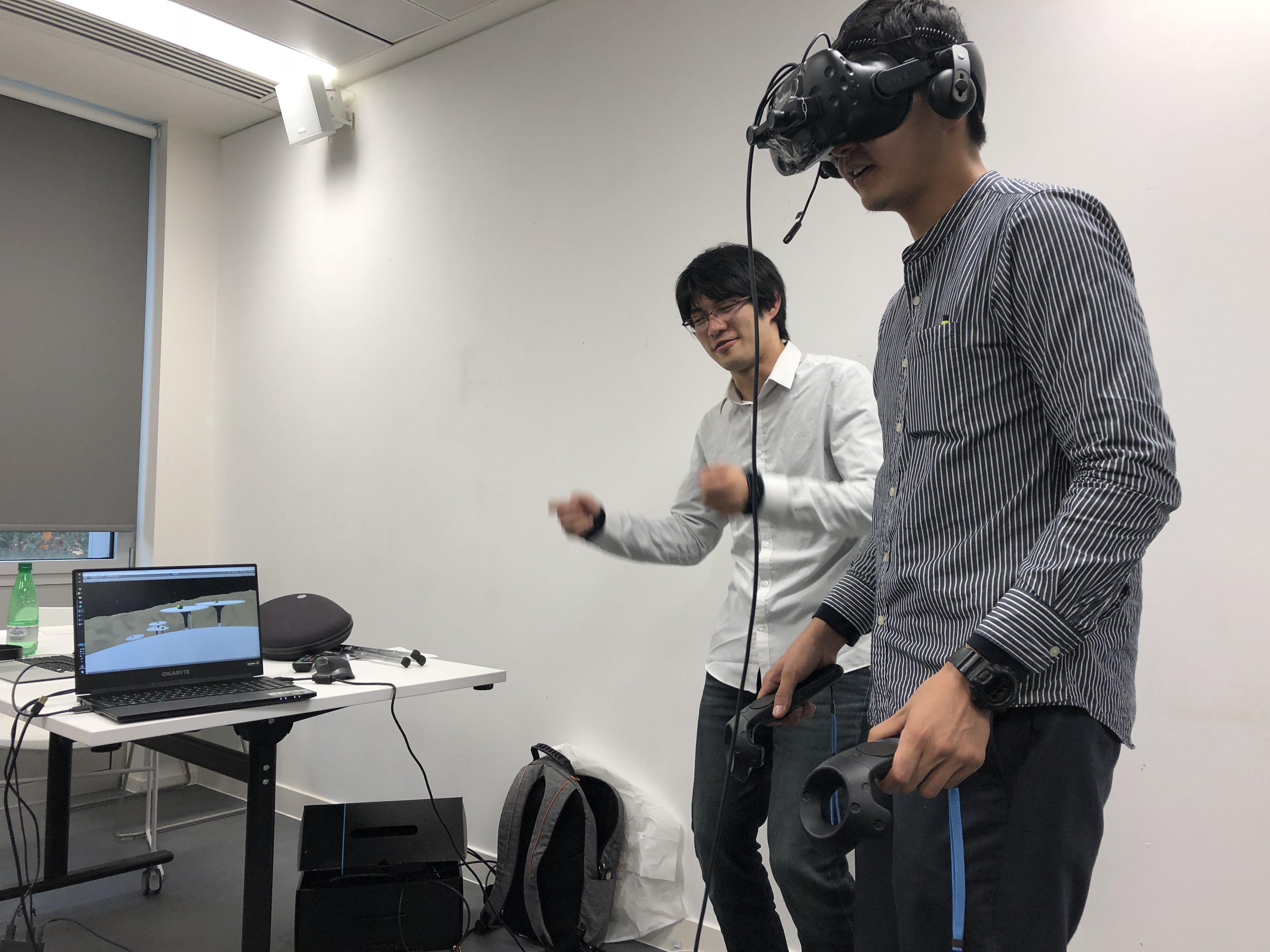
IED Awards Ceremony
 Trophy for Best Design by Ashley Zhang, 2020
Trophy for Best Design by Ashley Zhang, 2020 Trophy for Best Information by Kate Amery, 2020
Trophy for Best Information by Kate Amery, 2020Trophy for Best Experience


Exhibition Trips
Exhibition trips were seen as a fundamental way of exploring students developing work in relation to others’ professional practice.
Counter Investigations, Forensic Architecture
14th April 2018, ICA
This was the first exhibition by Forensic Architecture who use investigative practice into state violence and human rights violations that traverses architectural, journalistic and legal fields, and shifts between critical reflections and tactical interventions. Many of the methods they use relate to those that were being explored by IED students at the time. It seemed like the hard edge of IED- what our practice would be if we were to put our skillsets only to exposing serious issues. However, much IED work explore the connection between fact and fiction and this was all fact.
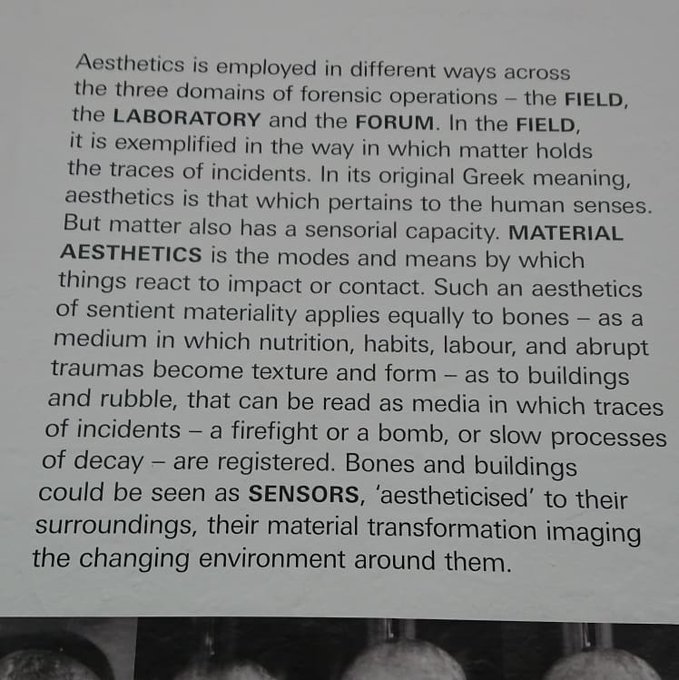
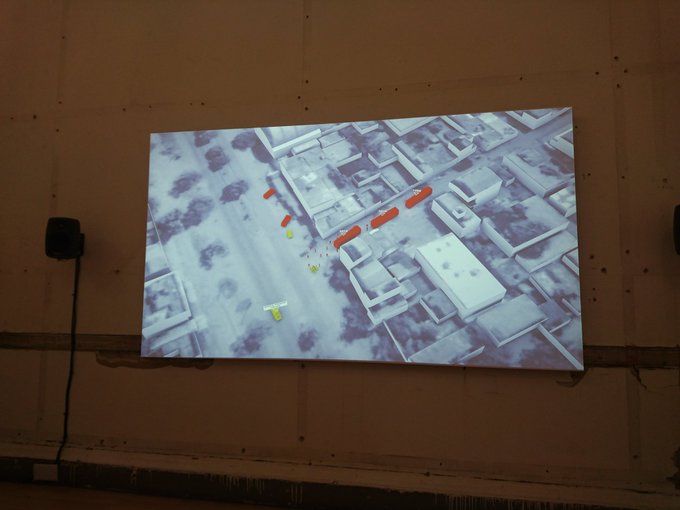

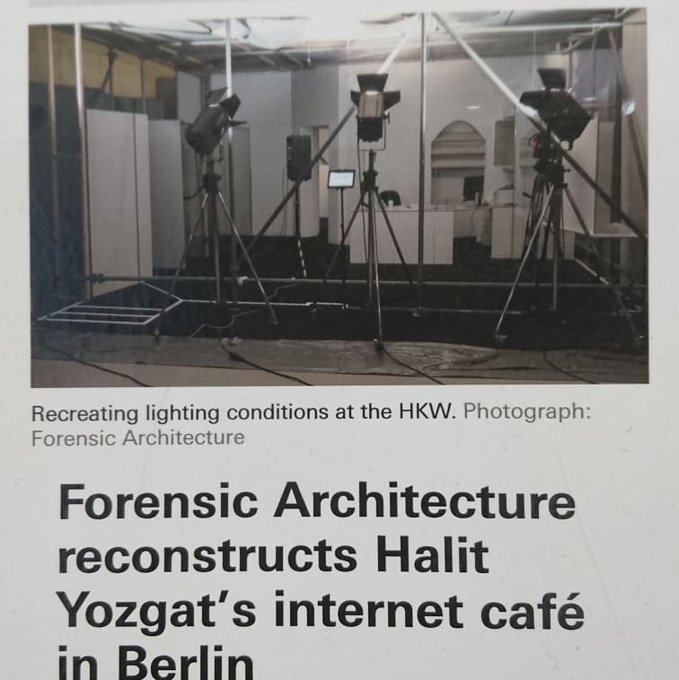
Modern Couples
The Barbican
In Thick Time, William Kentridge
25th January 2019, Manchester
This was an Exploded Stories elective exhibition trip and an indication of how dedicated IED students were as they travelled all the way to Manchester for this show. We explored modes, materials, space & time in relation to immersive storytelling via William Kentridge’s show.
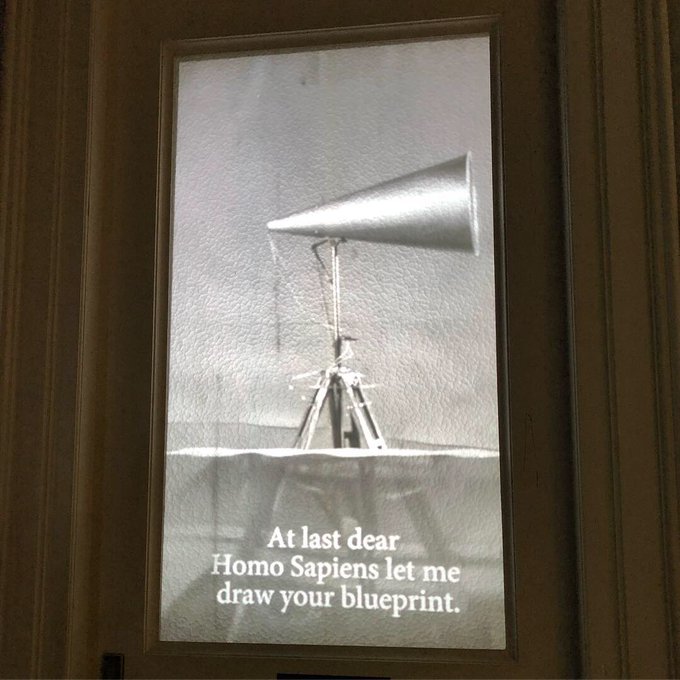
Sound in Your Mind, Yuri Suzuki
6th October, 2019, Design Museum
Yuri used to be a Visiting Lecturer in IED too. His work is very playful, so on a personal level I am always really interested to see what he is working on.

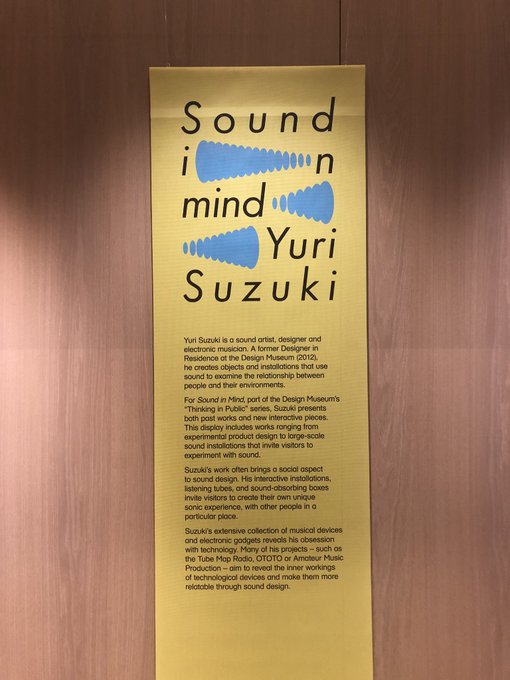

Instant Stories. Wim Wenders' Polaroids
12th January 2018, The Photgraphers Gallery

Basquiat Boom for Real
30th Nov, The Barbican
This was a large-scale exhibition of the artists’ works. I wish my field notes from the show more detailed. At the time I wrote simply that there as too much to think about.

Good Grief, Charlie Brown
Somerset House, 2018
I was interested to take students to see this show because I am a snoopy fan, but also because many students were exploring VR which was being classed as being able to produce empathy in users. I wondered what students would make of the use of line in Peanuts as a way of expressing emotion. Also ,what makes a narrative have such longevity. I wore Snoopy belongings that I owned to think about what happens when we invest in a narrative to the degree that we embed it more fully in our lives. Indeed, there was a section on Peanuts memorabilia in the show.

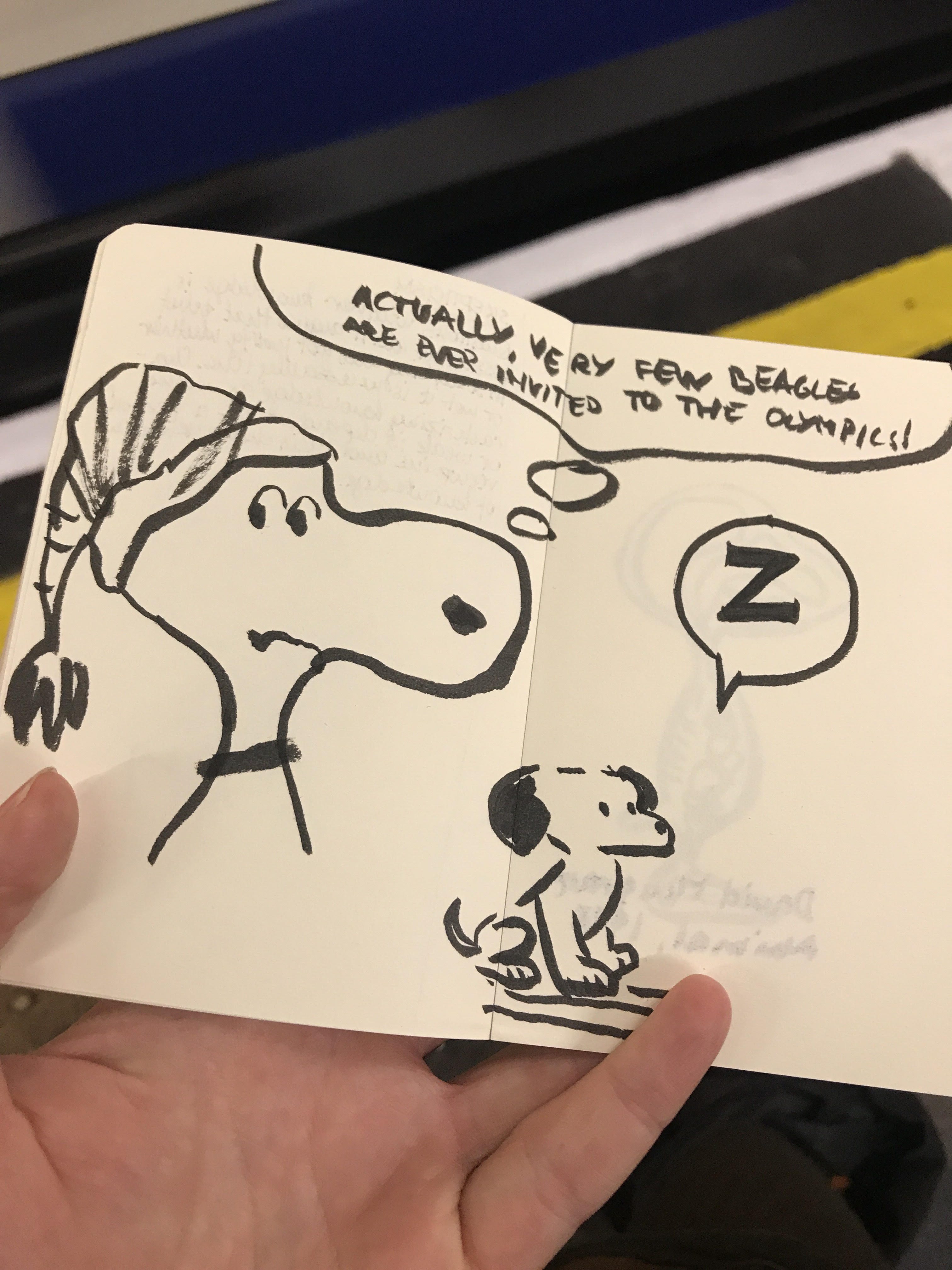
Exhibition sketch by Akvile Terminaite
The Japanese House
7th April 2017, Barbican
Over the course of my time teaching in IED, I gave several talks and workshops about cultural semiotics. Drawing on my understanding of Japanese art history, as well as my PhD research on children’s understanding of Japanese semiotics I asked students to explore the extent to which the visual mode is universal in its use, and the way in which audiences understand information conveyed through the mode. This exhibition was a chance to explore this further.

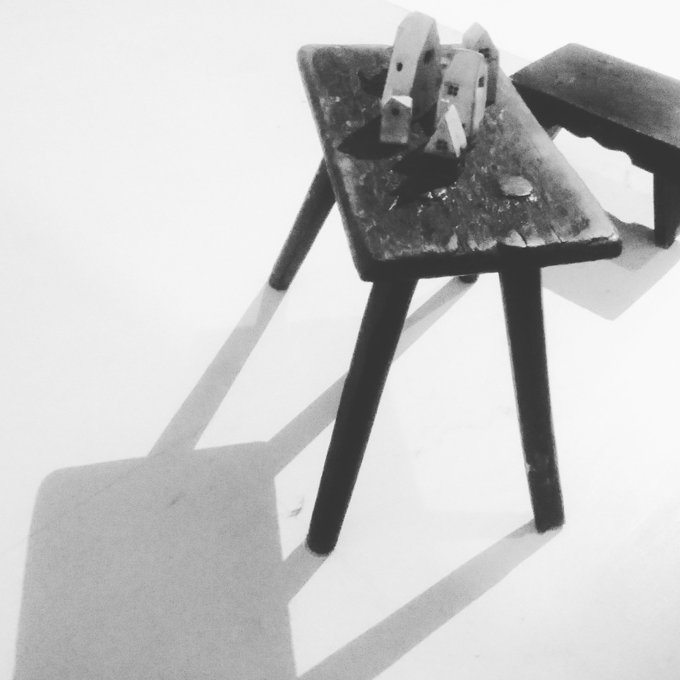

Eduardo Paolozzi
Whitechapel Gallery, 2017
When I was a Senior Tutor, I was the lead for the experimental pathway students. Given this, it seemed appropriate to go and see the experimental works of Eduardo Paolozzi.



Experimental Research Methods
Here my teaching formed a series of three-hour workshops open to all MA IED students in Years 1 and 2. They were designed to support students’ collection of the “Information” part of their experience design work, and took a format of an introduction to an area of research theory followed by a practical workshops for students to explore this using hands-on techniques that they were free to experiment with and push further. A more detailed documentation of these workshops can be found here.
Topics included:
Space and Scale
Interviews
Visual Stories
Mapping & Connectivity
Instruments of Inquiry
Micro Research: Scale
Reseach Ethics
Interviews
Visual Stories
Mapping & Connectivity
Instruments of Inquiry
Micro Research: Scale
Reseach Ethics
Design & Research
Quantum Storytelling
Sensory Ethnography
Multimodality
Participatory Methods
Observation
Conducting your own research
Quantum Storytelling
Sensory Ethnography
Multimodality
Participatory Methods
Observation
Conducting your own research
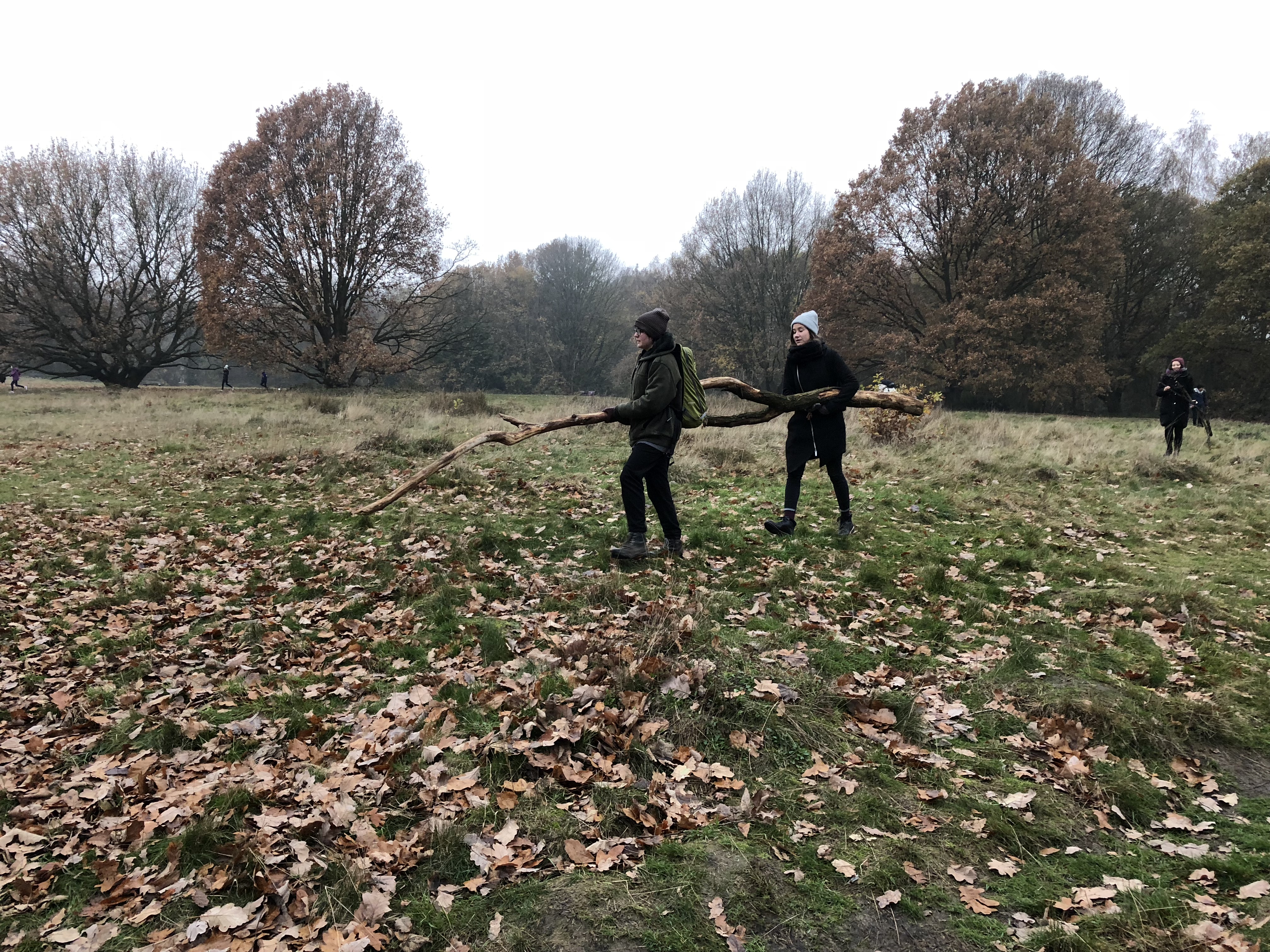



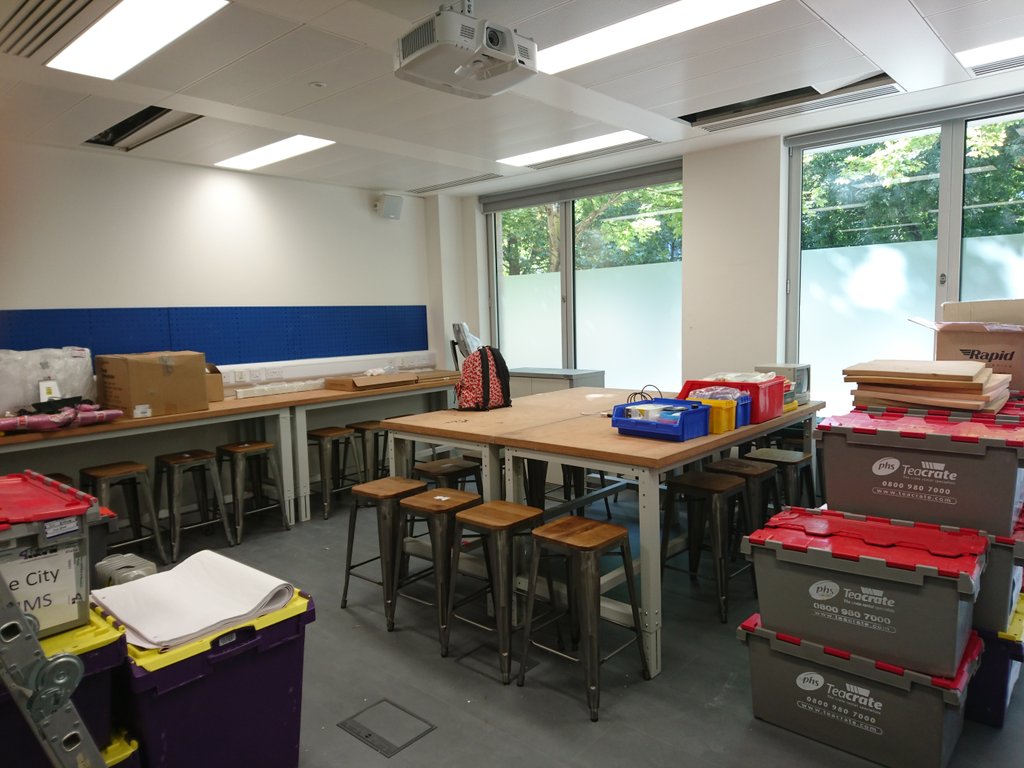

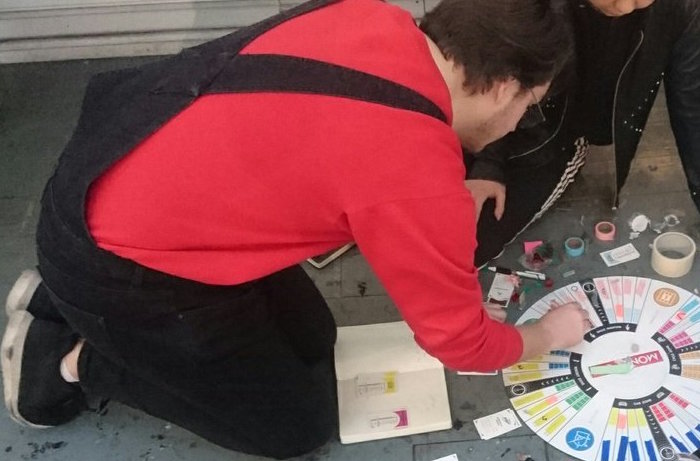
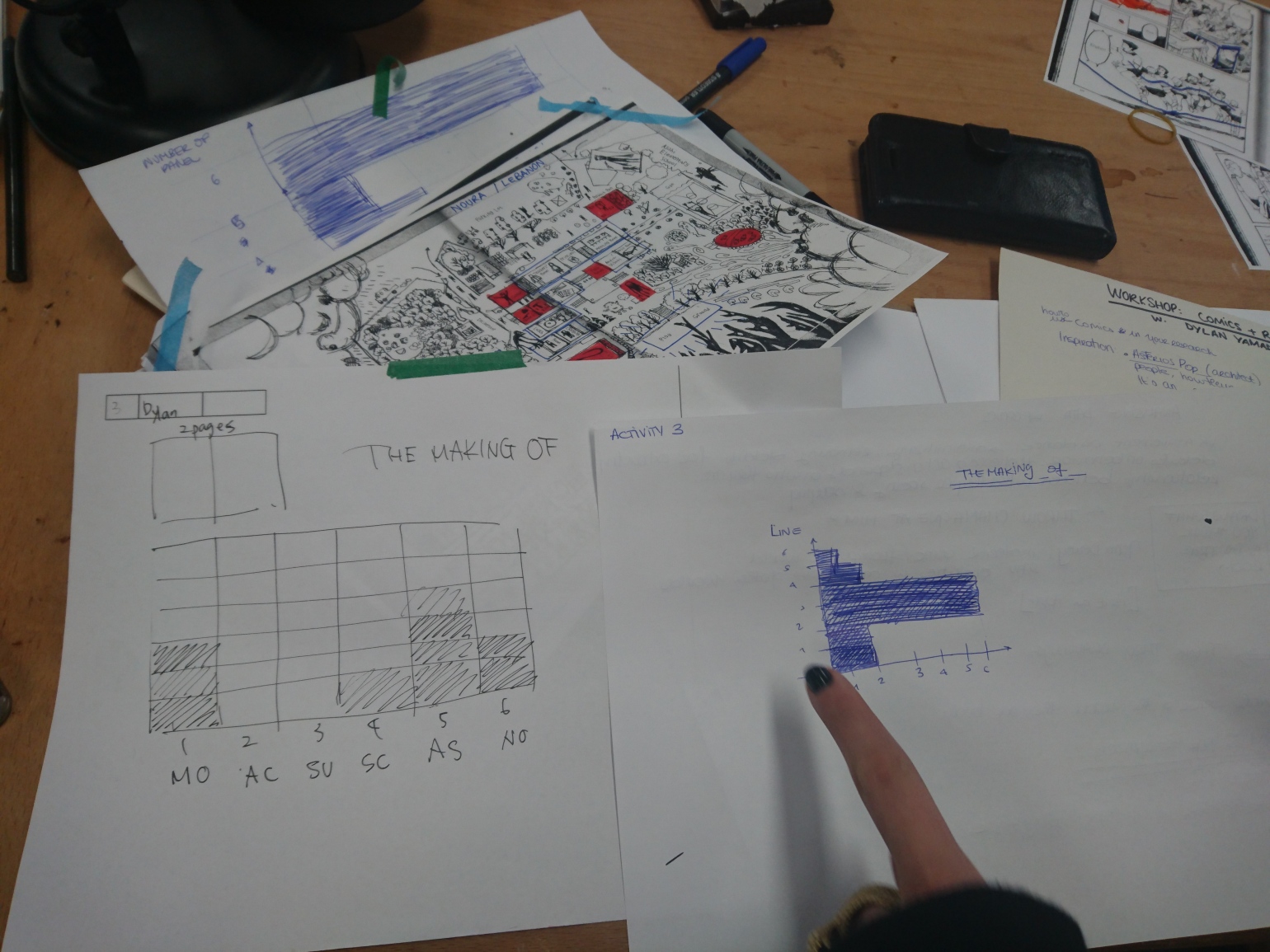




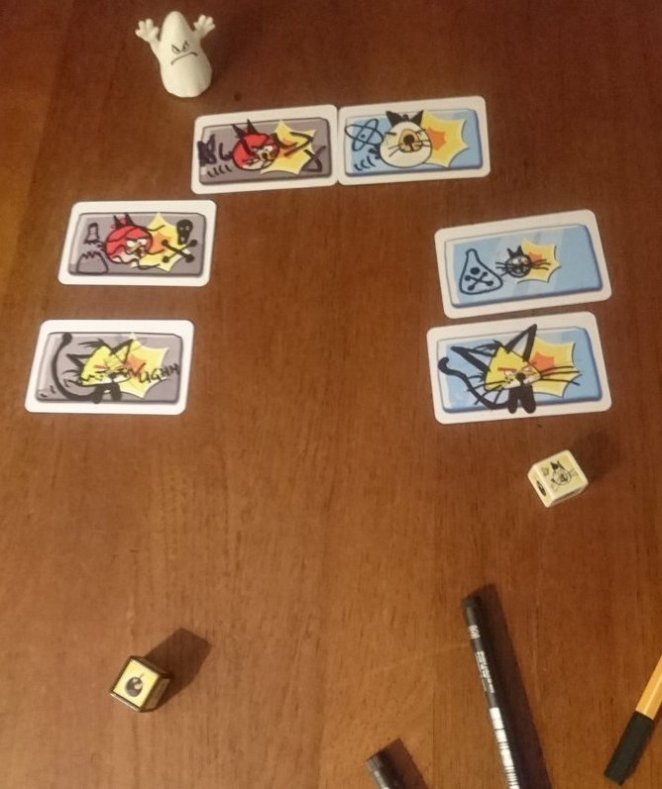

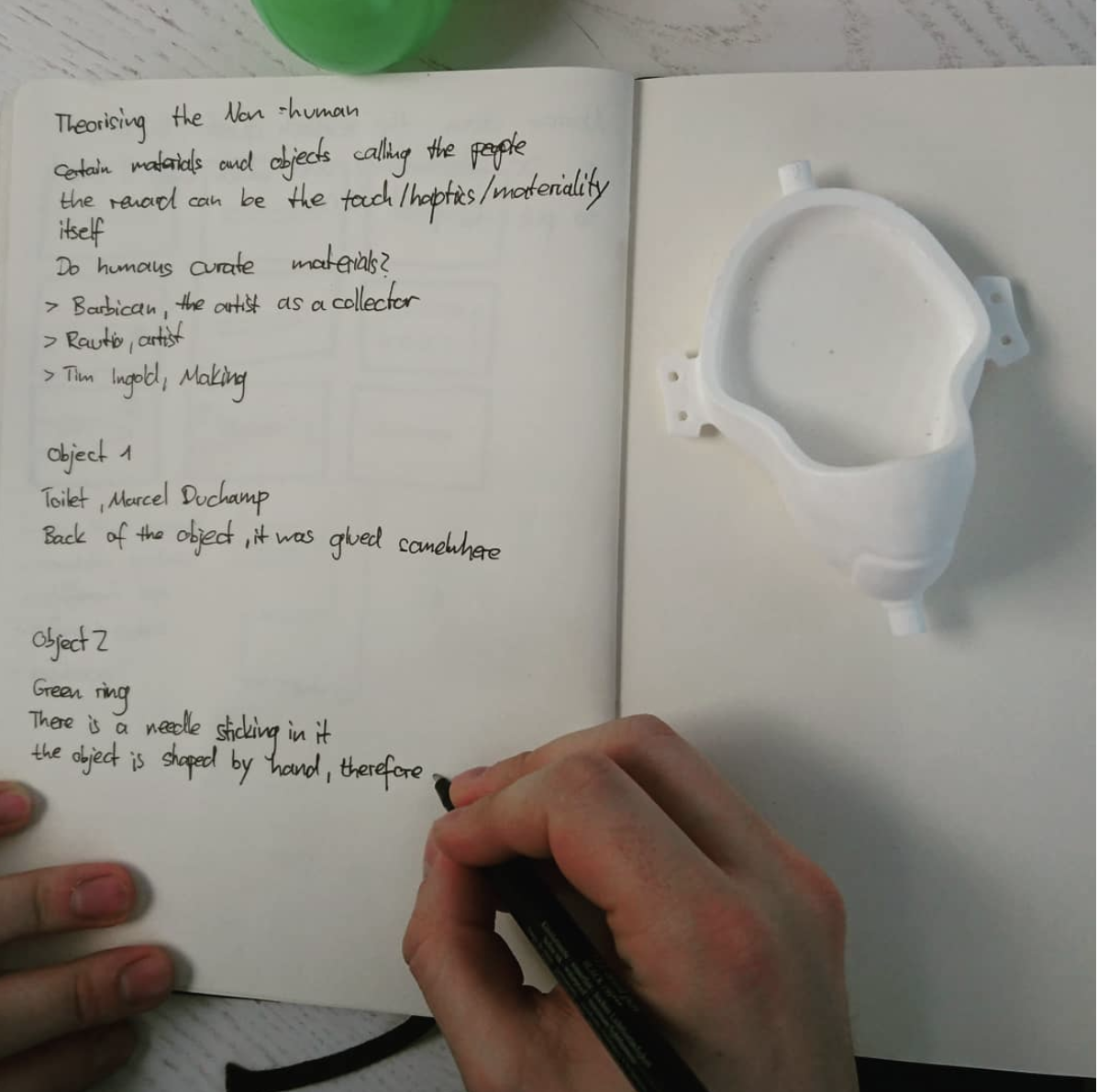
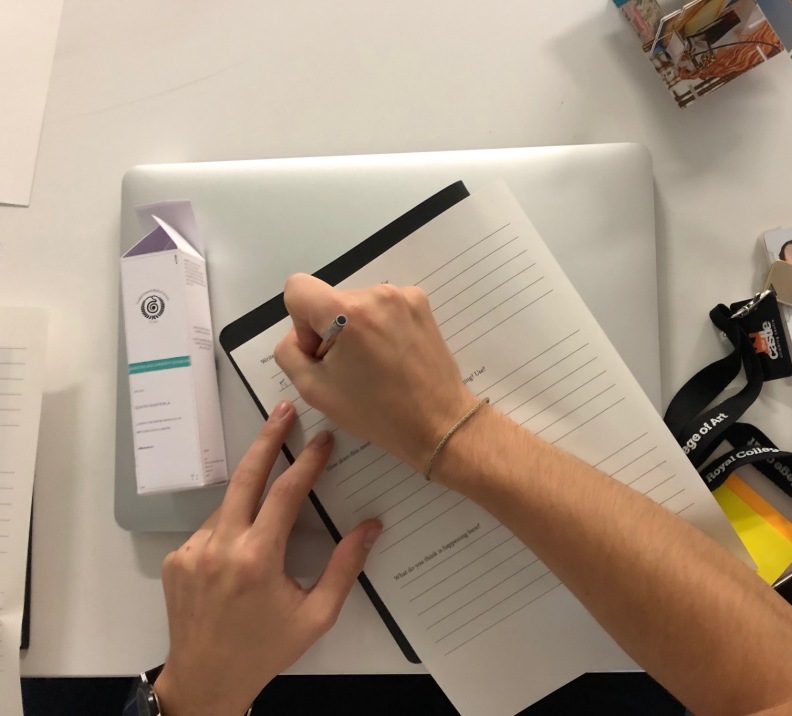
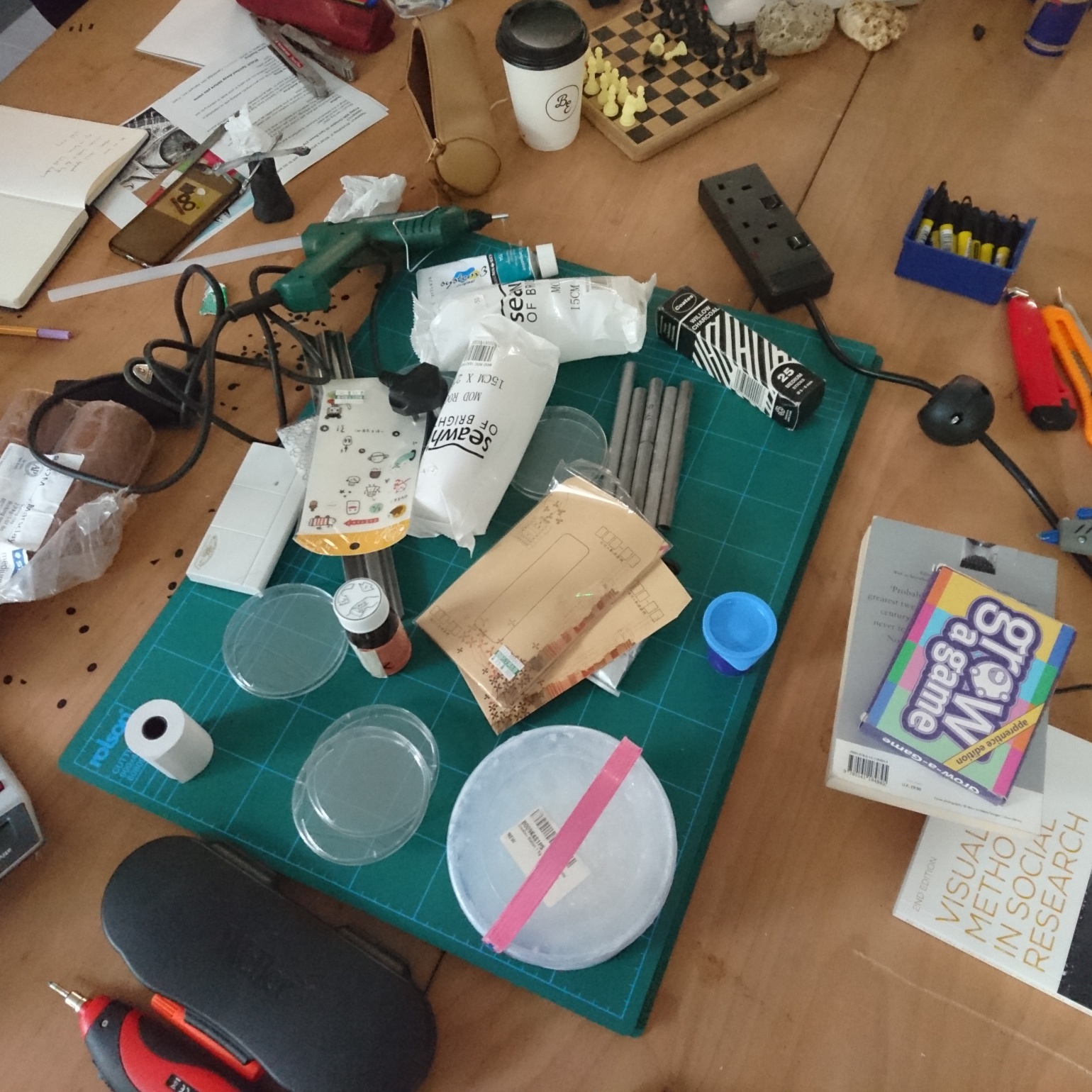
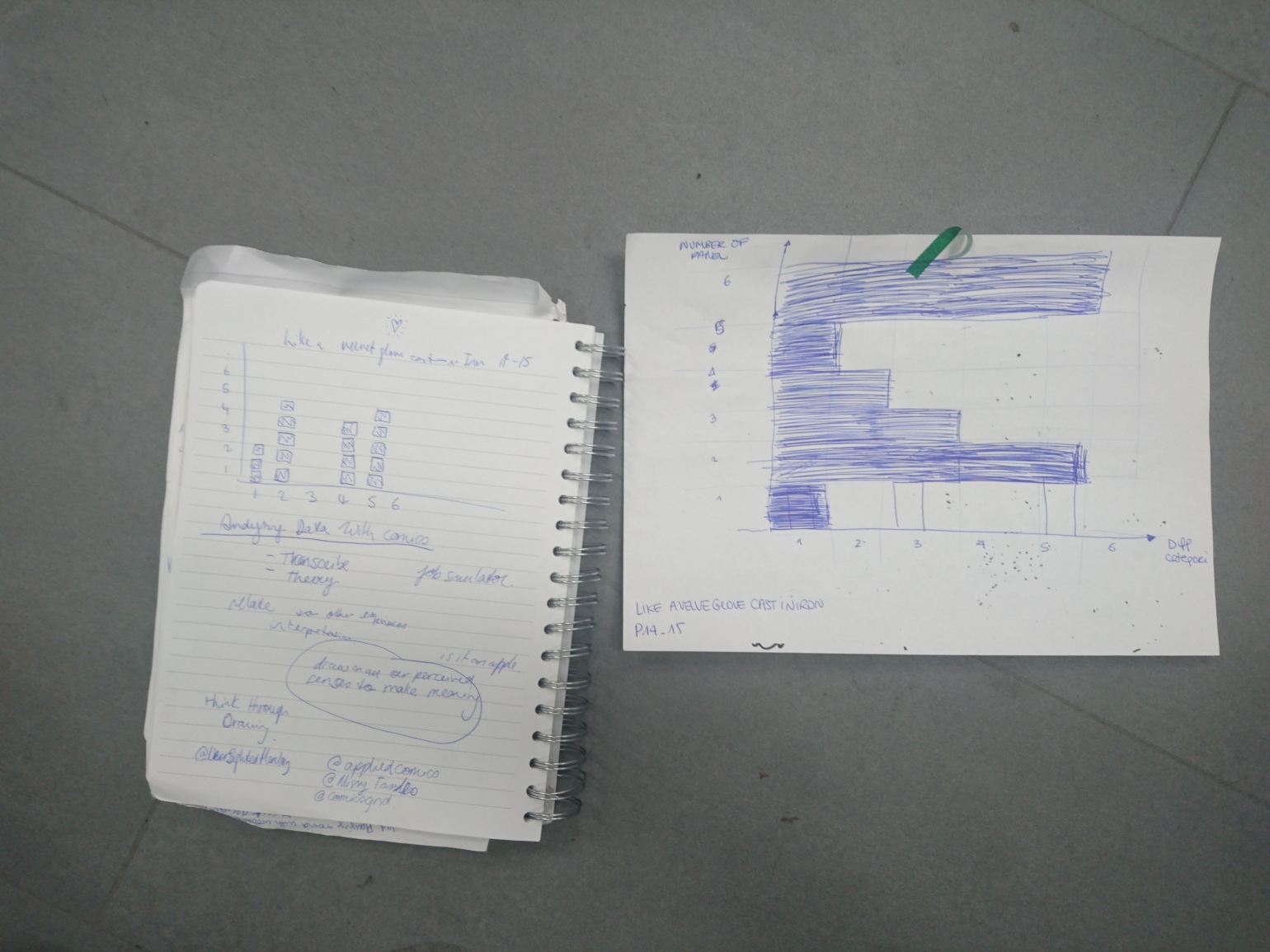

Experiemental Design Pathway Workshops
Live Coding
Prototyping
Installation
Material Interactions
Drawing
Exhibition prep
What is physical computing
Health and Safety
Practical machine learning
Full dome
Making light work
Creative interfaces
Spatial Abstractions
Wood
Publication Design
Prototyping
Installation
Material Interactions
Drawing
Exhibition prep
What is physical computing
Health and Safety
Practical machine learning
Full dome
Making light work
Creative interfaces
Spatial Abstractions
Wood
Publication Design
Documentation
Cinema 4D
Max MSP
ARKit
Metal
Light (Activation)
Projection Mapping
Bioplastics
Arduino
Slime Mould
Processing
Experience transactions
Cuddly Fungi
Sensor Disorientation
Cinema 4D
Max MSP
ARKit
Metal
Light (Activation)
Projection Mapping
Bioplastics
Arduino
Slime Mould
Processing
Experience transactions
Cuddly Fungi
Sensor Disorientation
Best Practices in VR Prototyping/ 11th January 2019
This was a workshop in collaboration with Storycentral, Dubit and the Children’s Media Foundation. It was based on the outputs of a year’s worth of discussions with industry folk and academics about VR design standards. IED students were brought together with industry representatives to create VR prototypes based on the children’s book the Gruffalo and using the design standards prompts that had been created by Alison Norrington at Story Central.
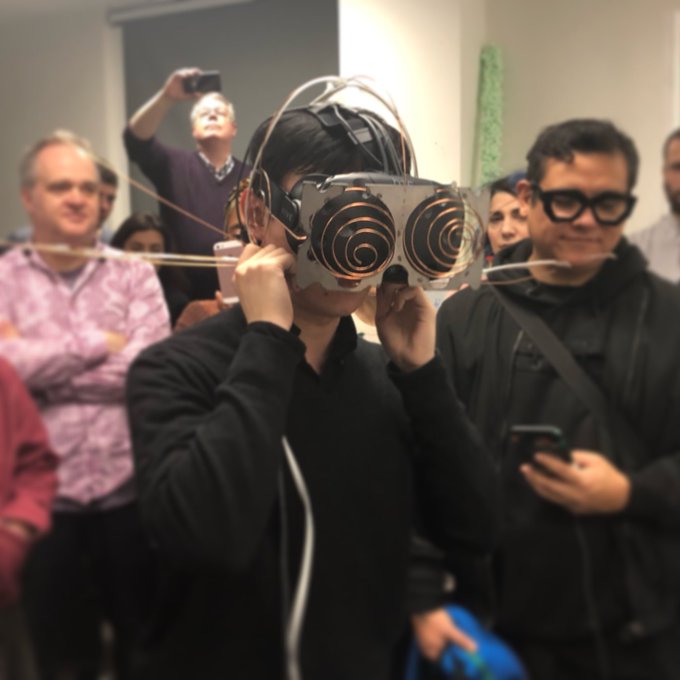
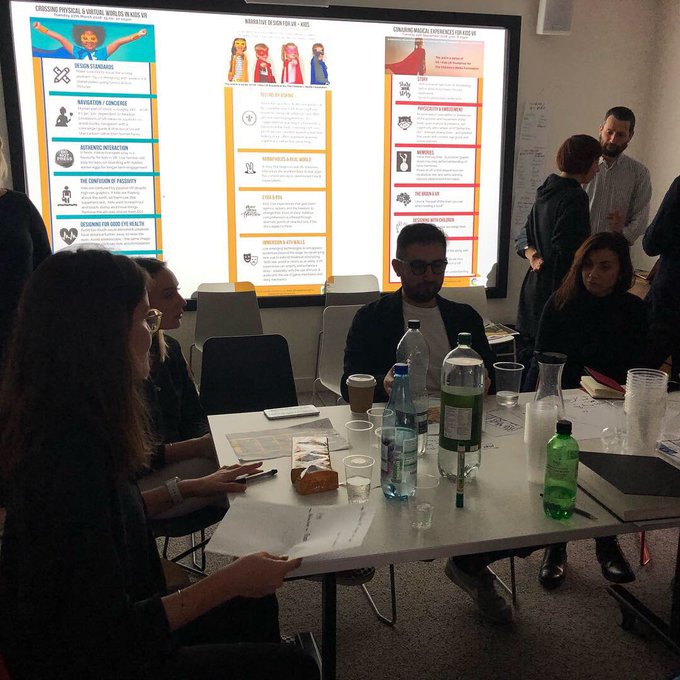
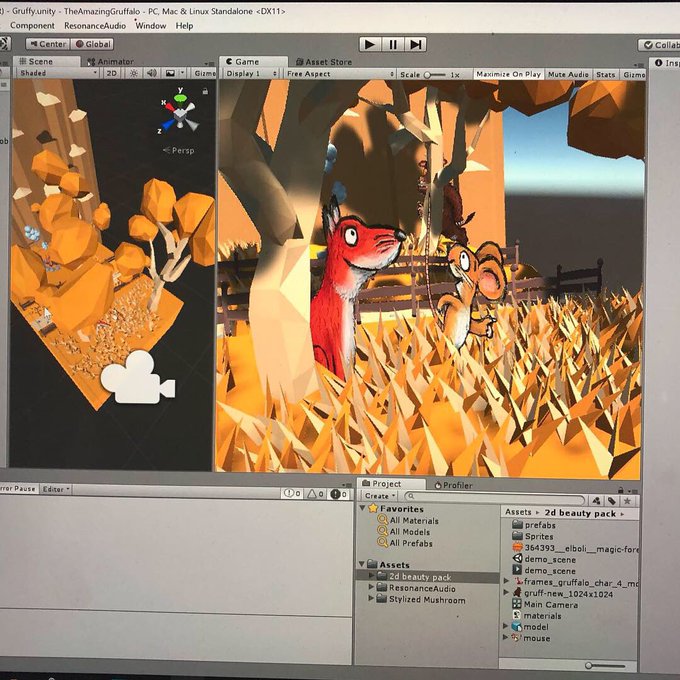

Mapping Post Digital Futures Workshop
In 2014 I was a Visiting Lecturer for IED and this was a workshop I undertook with Kate McLean who was then a PhD students in the department working on smell mapping. As I was interested in multimodality we combined our ideas to have students map the local environment one mode at a time and then layered each modal representation on top of the other. This is something I went on to repeat in several research methods workshops, but this was the only time I was lucky enough to have access to an overhead projector!
Work in Progress Shows
In February each year second year students showed their work in progress. Often this was a chance to show case all the research that had gone into their work and to get some initial audience feedback ahead of the final stages of their work.



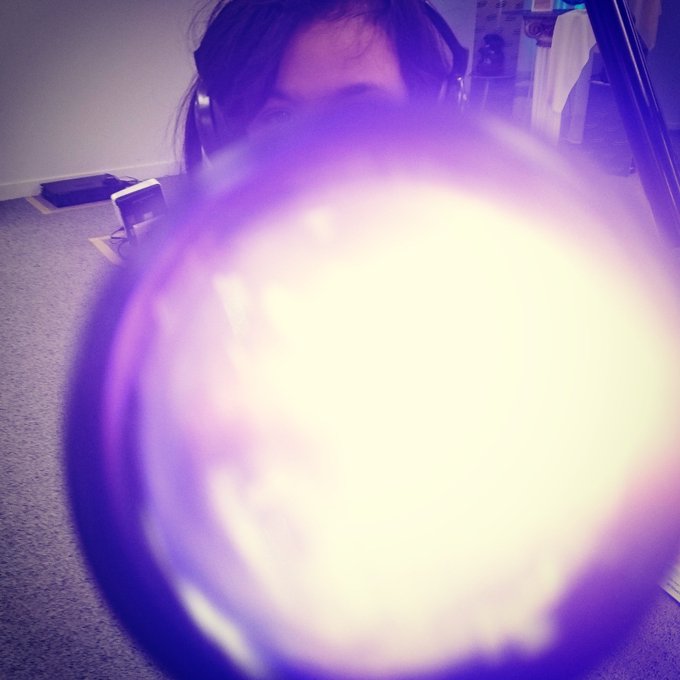
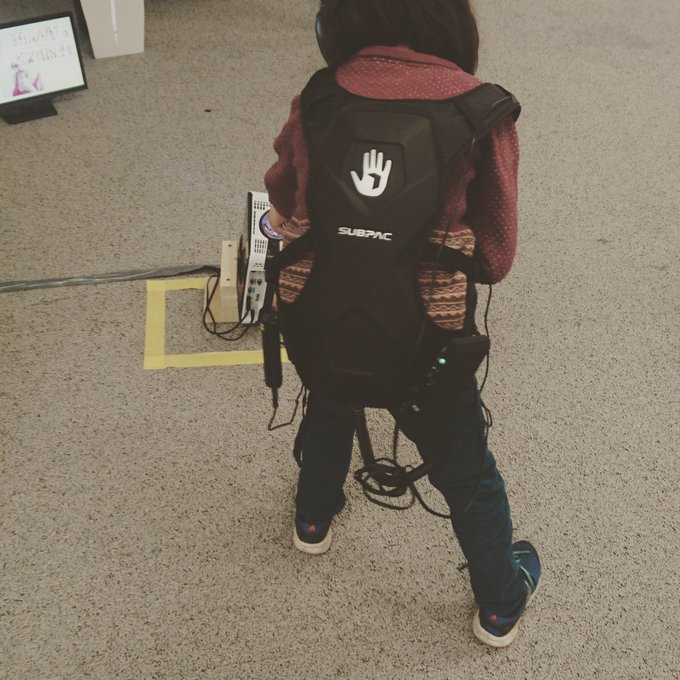



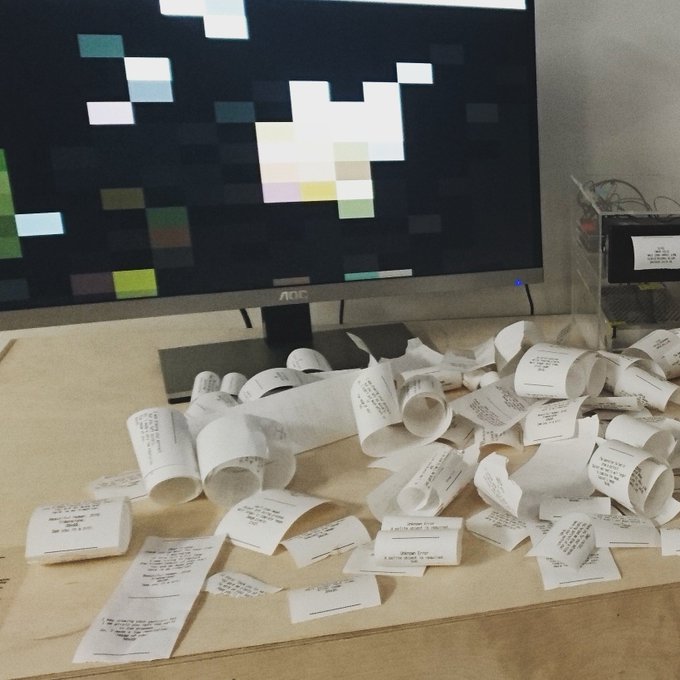
Student Protests 2017
In 2017 students protested the move of the School of Communication from Kensington to White City. One evening they pasted protest posters over the entrance to the Steven’s Building.
Related Publications
I was intereviewed about my job in IED for a Japanese magazine for career women.
Information is Ugly Special Issue
When I was on the brink of leaving the RCA, the course was taking a new direction. The RCA was moving all two-year MAs to be one-year. The dissertation was being removed as one significant chunk, and conversations were afoot for a new name and new “graduate destinations”. I was part of a heated discussion on how I believed the course was not about data visualisation and making ALL information beautiful. As my “swan song” I put together a special issue with some great IED colleagues and students called Information is Ugly for the journal of Visual Communication. The editorial was described by the peer reviewers as surprisingly ideological. I am glad that it was perceived this way. The issue is open access for all to read.
Ronnie Deelen made the beautiful cover art of speculative machines for collecting, measure and analysing data.
Cohort Photos



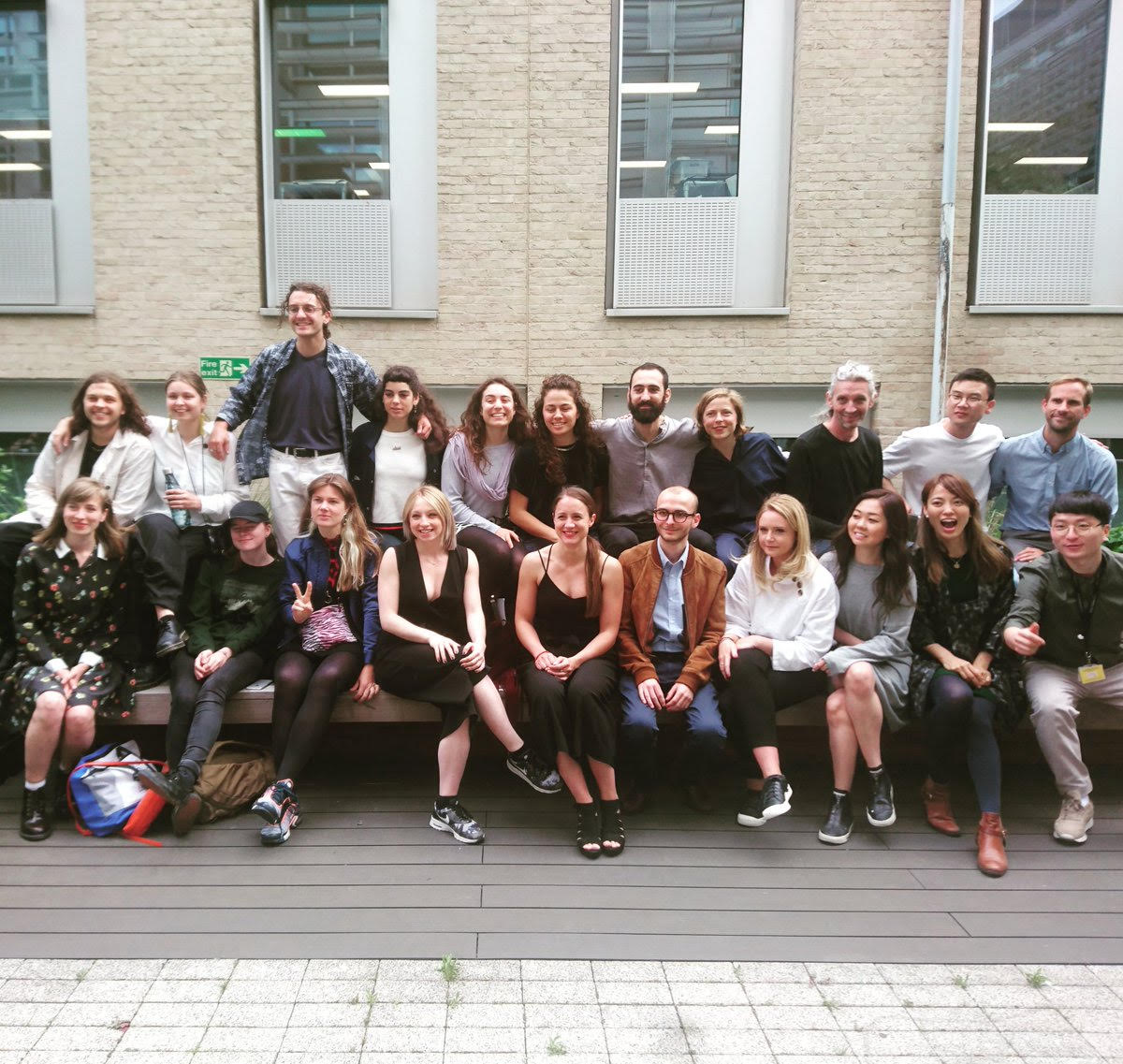
Convocation



Final Shows
Show 2020
I wrote the following as an introduction to the MA show that year:
This year a coronavirus has brought the world together in a shared experience. More than ever information needs to be engaging. It has also become evident that who we look to for this information and how we want to receive it has changed. The structures of power are neither diverse nor creative enough to find the solutions that we immediately need. However, I take strength knowing that another year of IED students graduate with transdisciplinary and collaborative skills that are needed more than ever to help us navigate and make sense of this world.
Before Covid-19, this year’s graduates began working with themes of nature & sustainability; mental health; data & AI, infrastructure & space; future interaction & experience; philosophy & reality of magic and social & political concepts. These topics seem all the more important in light of changes brought about by the pandemic rather than less so.
Yi Tian had an idea. She wanted to explore the shifting nature of our digital self-image. Her appointment with three technicians to help build a mould of her head became the day lockdown began. She had already ordered a chest freezer for her apartment, in which to develop and freeze a photographic image of her face in the mould. The freezer became central to her living space during her solo lockdown but proved too small for the job. She was stuck. As it has been for every graduate this year, Covid-19 threw Yi’s plans into turmoil.
As we have all had to, Yi persevered to find new ways of working from home and her neighbourhood. On day 7 her local corner shop relented and gave her one night in which to use their freezer for her final piece. As I sat looking at the photographs of Yi’s life-size self-portrait frozen and wedged between pizzas in her local shop I was moved by the struggles she had been through to make her work. When she went on to show the head melting, and the photograph of herself fell from the mould in pieces, it seemed a metaphor for our current predicament.
Zohar Dvir says her immersive animation is about Millennials and their general lost-ness, but as I watched her work, and read about the crumbling of long held structures of power in the global pandemic, I thought perhaps the older generations are more lost. This year a coronavirus has brought the world together in a shared experience. More than ever information needs to be engaging. It has also become evident that who we look to for this information and how we want to receive it has changed. The structures of power are neither diverse nor creative enough to find the solutions that we immediately need. However, I take strength knowing that another year of IED students graduate with transdisciplinary and collaborative skills that are needed more than ever to help us navigate and make sense of this world.
Show 2020 was initially online due to COVID-19. It was the first year RCA had an online presense for a final degree show. IED students decided that the official RCA show site did not represent how hard the last part of their studies had been during the initial wave of lockdown restrictions, so they made another website to show case some of this. Their website had a switch where the vistor could switch between chaos and order. The chaos side allowed the vistor to see behind the scenes, including how their work was often made in small spaces or their bedrooms. One students even used the freezer of their local corner store to make their final degree work.
The official IED RCA website had key themes that emerged from the cohort of 2020’s work. I then invited guests to view one of the themes and right an overview of their thoughts for the show website:
Data & AI/ Guest Curator: Anna Riddler
Our world is becoming entangled - so much of our consensus reality is being created by the software we hardly understand – financial markets where bots endlessly trade with other bots, social media algorithms that control what narrative we see, even AI deep fakes that make us doubt our own ears and eyes. Kyung Jin Jeong has created a GAN that shows just how easy it is to take a photograph of any room and change it into an ‘attractive advertisement image’, calling to question perhaps this ease in which it is possible to transform images using machine learning. As it becomes harder and harder to sort out where the human influence is in the process of AI, it is perhaps important to unpick and make legible how these processes work such as in Celeste Camilleri’s Datafields explores the complexity of dataset creation and the inherent biases that are part of the process through her online experience. It is also important to remember, as Erik Lintunen does in his writing and project Cloudy Logic how complex and brittle these systems are – how they are ‘precise, intricate and sensitive to contextual change’ – and how hard it discuss and explore the nuances of how they actually work without a background in digital technologies or data practises. But these projects, and the other work across IED, open up and build a vocabulary and language around artificial intelligence for other creative practitioners and the wider general public and present an alternative way of engaging with machine learning.
Philosophy & Magic/ Guest Curator: Shona Heath

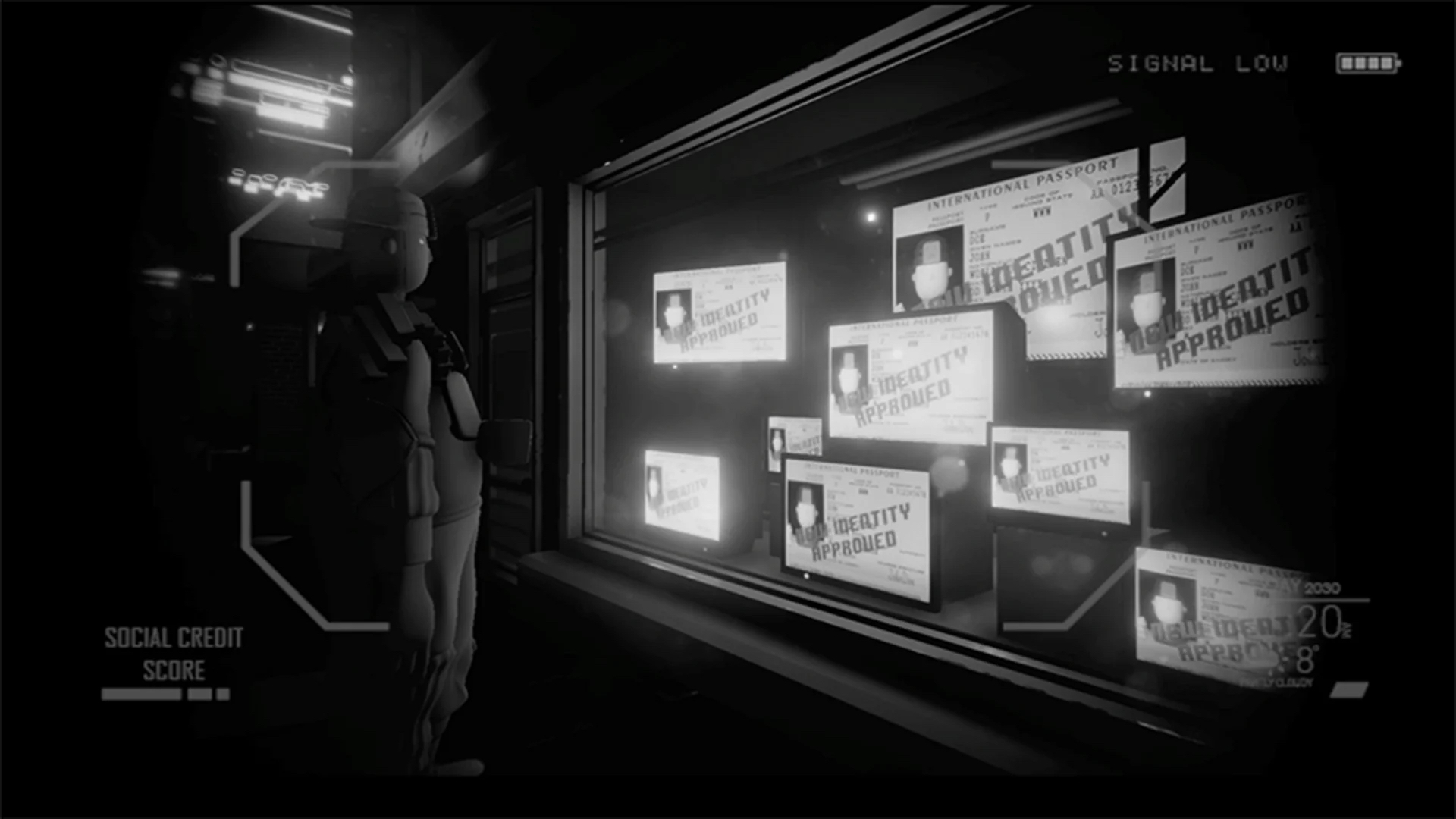

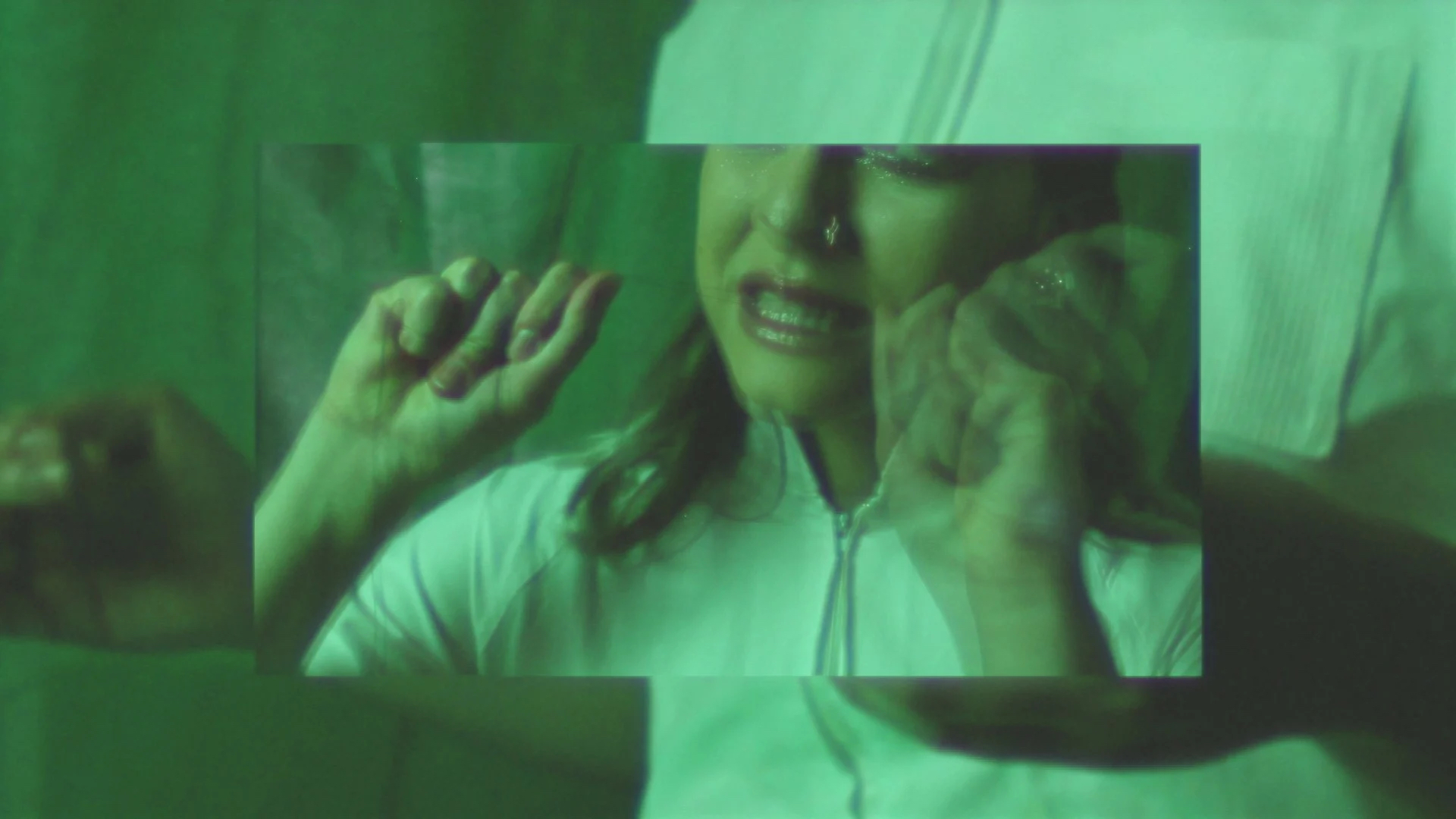

Images: Work by Zohar Dvir; Yi Lu; Yi Tian; Sammy Selin; Pablo Alvarez Colomina
The students seem aware of their role stepping out into a changed and changing world. It seems unlikely that they will fill pigeon holes within the arts but are instead intent on creating their own unique roles around them.
The questions posed by this group are existential, they reel in from their dreams and untangle themselves into clear visual responses and further questions. Exploring both uncomfortable and comforting subjects, the work is enchanting and has a rawness that shows the soul prevails above the virtual abyss. Most students reflect on their digital selves, firmly against or deeply within this digital world. Either externally defined and trapped by it, or internally, always trying to escape and be free, ideas bubbling continuously asking the question 'to work with or against it?’. Some students seem never to decide, treading on both territories fearlessly, trying hard to fight the screen as the medium most connected with their beloved audience/ viewer / participant.
Multiple representations of fantasy and dystopian worlds tell of a black hole of information, a huge choice of direction. There are students who opt for simplicity amongst this almost endless choice and the strength of these ideas and more natural materials and references stand as strong as oak trees against their digital and virtual conterparts. The written and researched words are of such a high level in the work that the supporting text stands as strong on its own as creative writing. As with sound, which is treated as a visual, an almost physical force.
Never has there been a more uncertain world and future than at this precise moment, the 2020 students should feel that they have been taught a massive lesson, on the element of surprise and uncontrollability that is often dealt us in life. In this unique situation they have managed to successfully adapt their work and have come out on top. As viewers, we are indulged with treats and surprises to enliven minds and senses, the students are generous with this onslaught of detail and purpose and challenge the viewer to learn even if they don’t want to.
The students show they are brave in confronting realities relevant to their own less than perfect lives, and I believe, this is the source of real and authentic ideas.
The overwhelming vista of this group is that they are putting their own feelings, thoughts and work responsibly into a world-wide context. Biting off more than they can chew with a creative quest for answers and in return inspiring new questions and new beginnings.
Guest curator Tim Ingold
It sometimes seems as if the future, far from receding into the distance, is hurtling towards us. The closer it comes, the faster we are impelled to act. Like a string that vibrates with ever higher frequency the shorter it gets, life rises in pitch until it screams. For many, the scream is already unbearable. But these studies dissent. They are not fixated on the future so much as designed to restore us to other rhythms of time. They do so by proposing ways of cultivating our attention.
How can we so attune our senses as to detect the slightest variation: a glimmer, a murmur, a puff of breath, a scent in the air, a tell-tale taste, even a disturbance in the electromagnetic field? This is not to receive a quantum of information, dispatched from a source, but to make out the whirls and crumples of a continuum in which we are ourselves immersed, as participants in its unfolding. Seeing, we are all eyes; hearing, all ears. Touching, we are skin beings, not beings wrapped in skin; smelling, we are nose-beings; eating, we are tongue-beings. In every sensory register, our existence is carried in the very stretch of attention.
But this stretch doesn’t span the interval between the already present and the about-to-be of an impending future. Let’s think of this interval – as the studies before us do – not as one that we are bound to cross lest we fall by the wayside, but rather as one we can inhabit. Here are variations of light and colour we can hardly see, of sound we can hardly hear, of feeling, scent and flavour barely discernible. It is not that we are halfway between sensing and non-sensing, but that to inhabit the interval draws us into the very incipience of a world undergoing perpetual renewal. It is to live on the cusp.
This is the difference between progress and sustainability. Where progress lies in spanning the interval, of making it across from present to future, the lesson of these studies is that the path to sustainability lies in making things out by inhabiting the interval itself. It is to join with wind and weather, with the seasonal growth of plants and the comings and goings of animals, in a life that carries on.
Future Interactions & Experiences/ Guest Curator Yuri Suzuki




At first glance, it was difficult to understand the overall purpose of the MA Information Experience Design; the student’s work often feels unconcluded, it can be hard to identify the core concepts and I felt in absolute darkness. However, after a conversation with the Acting Head of Programme, Dylan Yamada-Rice, I came to understand the vision of the course, and began to think I had been short-sighted, confined by my own discipline of good design practice, which in retrospect may be an approach too practical to judge this work.
Instead, IED pushes students to seek their own fundamental topic and means of expression and purpose for life. This is evident in the way you are confronted by philosophical ideas, as well as science and technology. It made me question whether the current unravelling of global political structures might have come about because they were formed by practical thinkers and the evolution of technology. Maybe we have been ignoring fundamental concepts about how humans should/could live.
Traditionally, philosophy is an academic pursuit undertaken through reading and verbal discussion, but IED suggests the possibility of philosophical endeavours through making. Indeed, recent use of trendy communication platforms such as VR or AR could be better utilised if connected with a deeper understanding of philosophical study.
Furthermore, the students are true collaborators, crossing cultural boundaries, genders and ages to bring about a wider and broader perspective on the world. Thus, I have come to see these students as 7 provocateurs who ignore the temptation to focus on business and money, which are the current trends of many neoliberal art and design disciplines, and instead have embraced a role to provoke and slap current society and contribute fragments to opening up a new way of thinking.
Show 2019


Show 2018

Student Final Projects 2020
This was the year that students had to complete their final degree work in total lockdown. Many of the student could not realise their projects in the way they wanted. Some changed direction completely from using physical to digital materials.
The Radiant City/ Feiqi Wang
In Feiqi’s words: The Radiant City is an experimental art game project,a vast and mysterious virtual space I built for theinvisible individuals streaming in the tide of collectivism.Coexisting with the fact that every individual inevitablyfills in certain collectives, we are unprecedentedlyisolated nonetheless.Mass Performance, a simplest form of massive collectiveactions, which directs the arrayed crowd into patternedmatrices with a sense of geometrical beauty andutopianism, exhibits delicate duality. As individuals, howdo we look back on our existence among collectivitieswhile being buried in neat patterns? As social animals,how do we face our primitive calling of collective-seeking fearlessly without hostility?
The Radiant City (Video of Game Play) from Feiqi Wang on Vimeo
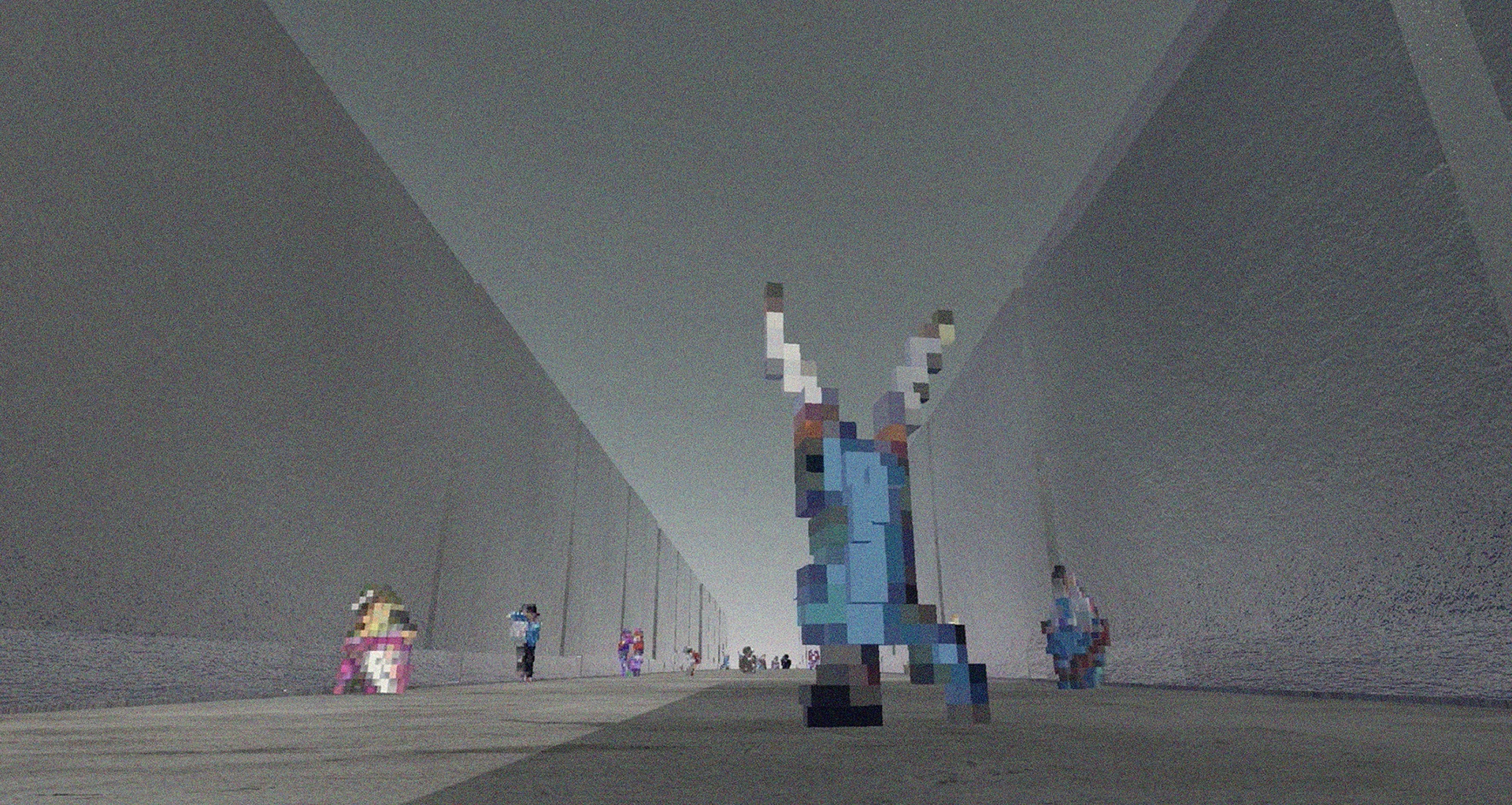
Mercury’s Retrograde/ Zohar Dvir
In an overwhelming and chaotic world it seems like the only way to live through it is disconnecting ourselves emotionally. We are lost, detached, and we have replaced our intuition and inner truth with external sources that give us the sense and order: Are you having an anxiety attack? It’s probably because Mercury is in retrograde. Afraid of leaving your house and catching Coronavirus? It’s because your moon is in cancer. Tarot readings, psychics, acupuncture, rituals - there are so many places we can go to when we seek answers. We got to the point that we can’t make any decisions, and we don’t trust ourselves anymore.
Mercury's Retrograde is an inner dialogue about seeking answers, presented in a comic and lighthearted way, concealing a deeper, tragic truth of our generation.

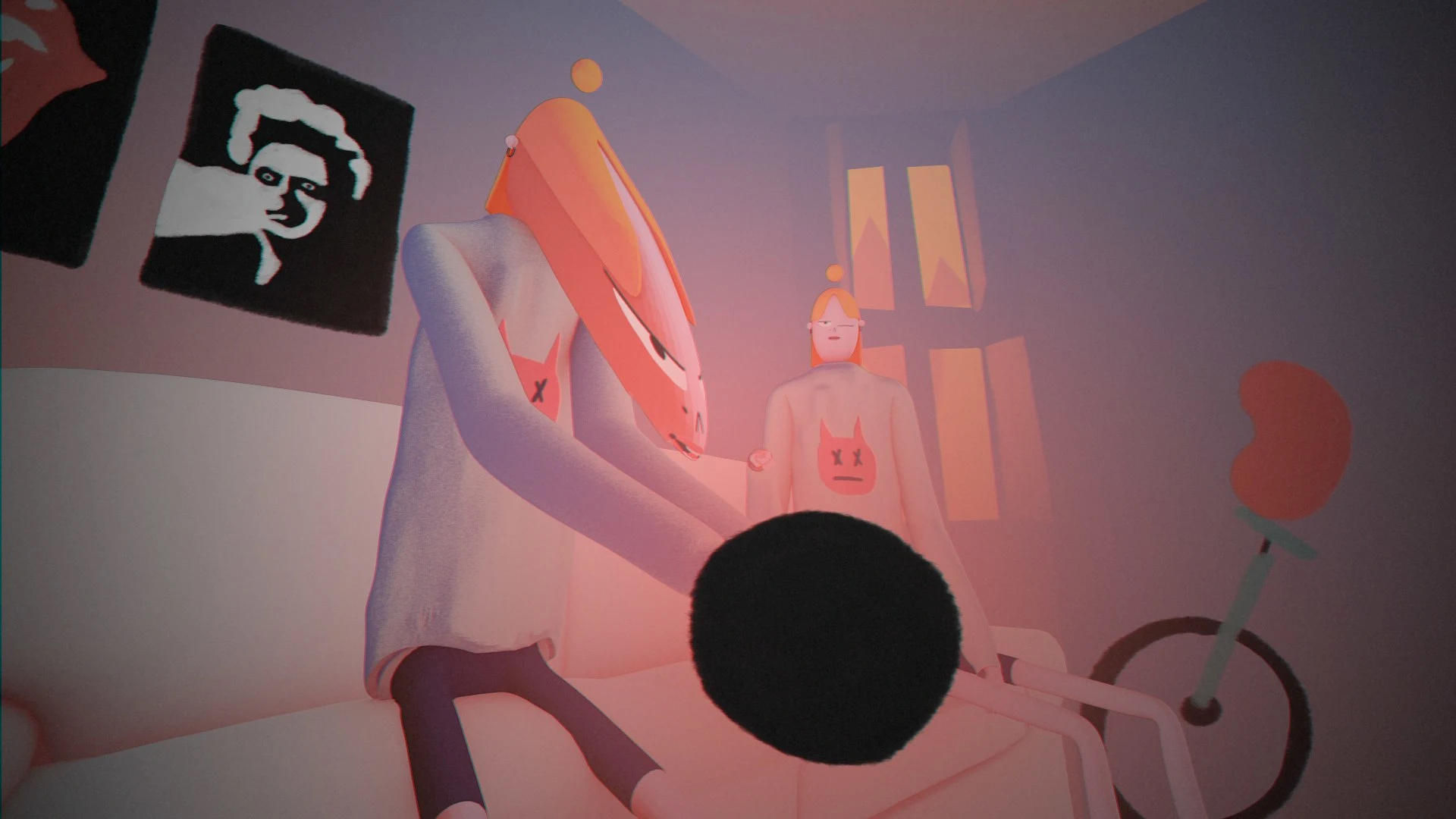


A millennial is relying on her magic 8-ball to make sense of a chaotic life. Her non stopping questions cause her to fall through the sofa into her unconsciousness. When realising her 8-ball disappeared, she sets out on a journey to find it, encountering different aspects of herself. A satire about a never ending quest towards self realisation, self improvement, and life answers.
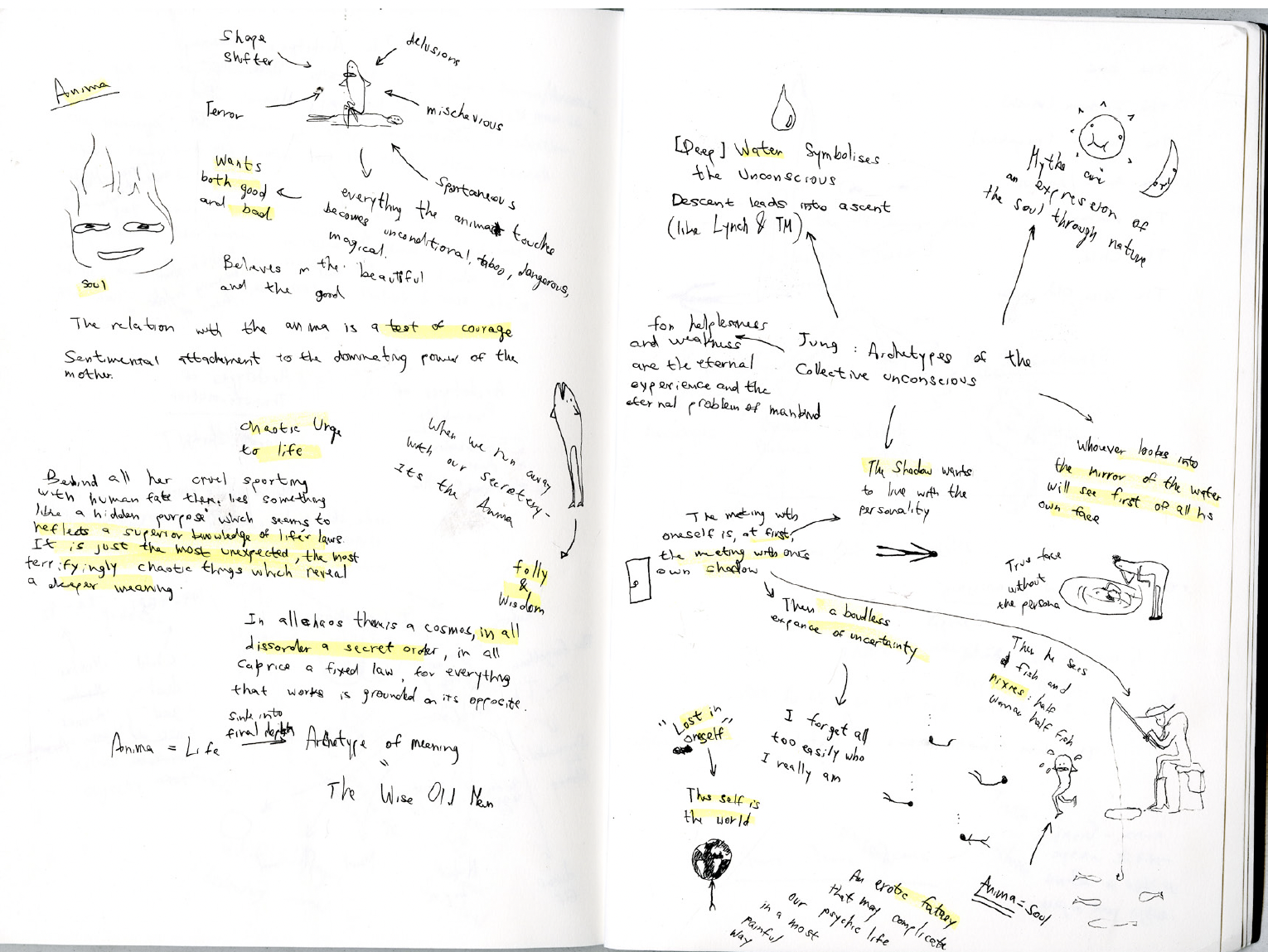

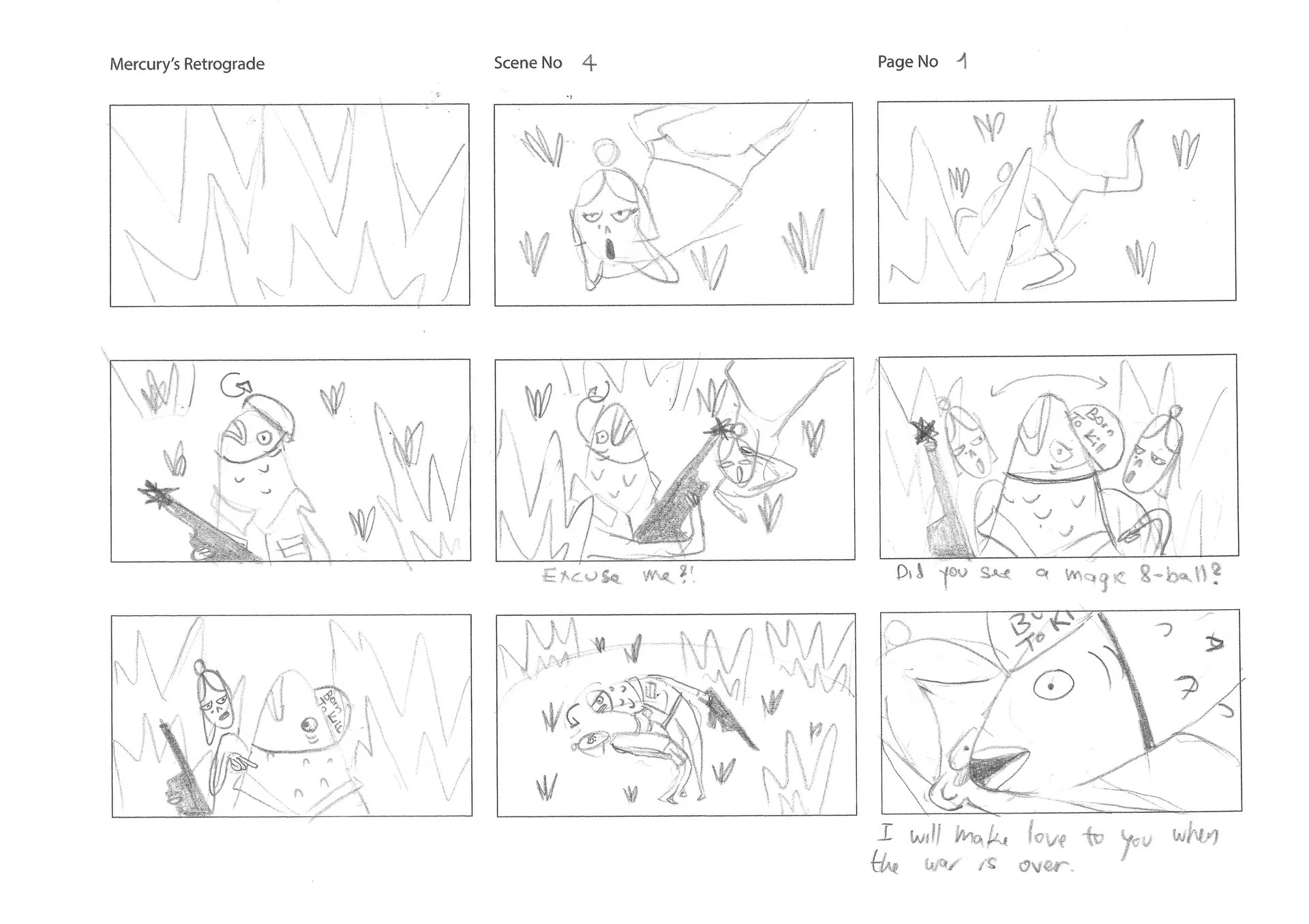
Zohar made the work to be exhibited at exhibitions with a set design that would mirror part of the story.
Student Final Projects 2019
Living With CO2/ Rebecca Lardeur
Working with and exhibiting at Stave Hill Ecological Park, London Rebecca’s work is focused on bringing carbon dioxide into the familiar by revisiting known objects, such as a sundial and a scale, designed to interpret the external world.
Due to human activities, carbon dioxide levels are rising, causing the Earth to become warmer. New scientific discoveries provide knowledge, which challenges past insights on the topic. This rapidly developing science can be seen as uncertain, which limits the understanding of the individual and therefore their ability to act. At its current measured levels, carbon dioxide has no smell, no tangibility, and no colour. However, it has an impact that can clearly be observed.
This project materialises the gap between the unseen and the tangible by using one of the byproducts of photosynthesis, wood, as a medium. Photosynthesis intake of carbon dioxide varies with the seasons, affected by the sun's rays. By relating seasonal actions to the carbon cycle, changes become relatable and doubt can be embraced. In time, this can formulate new ways to comprehend and experience the science of carbon dioxide.
The project is based at Stave Hill Ecological Park in London.

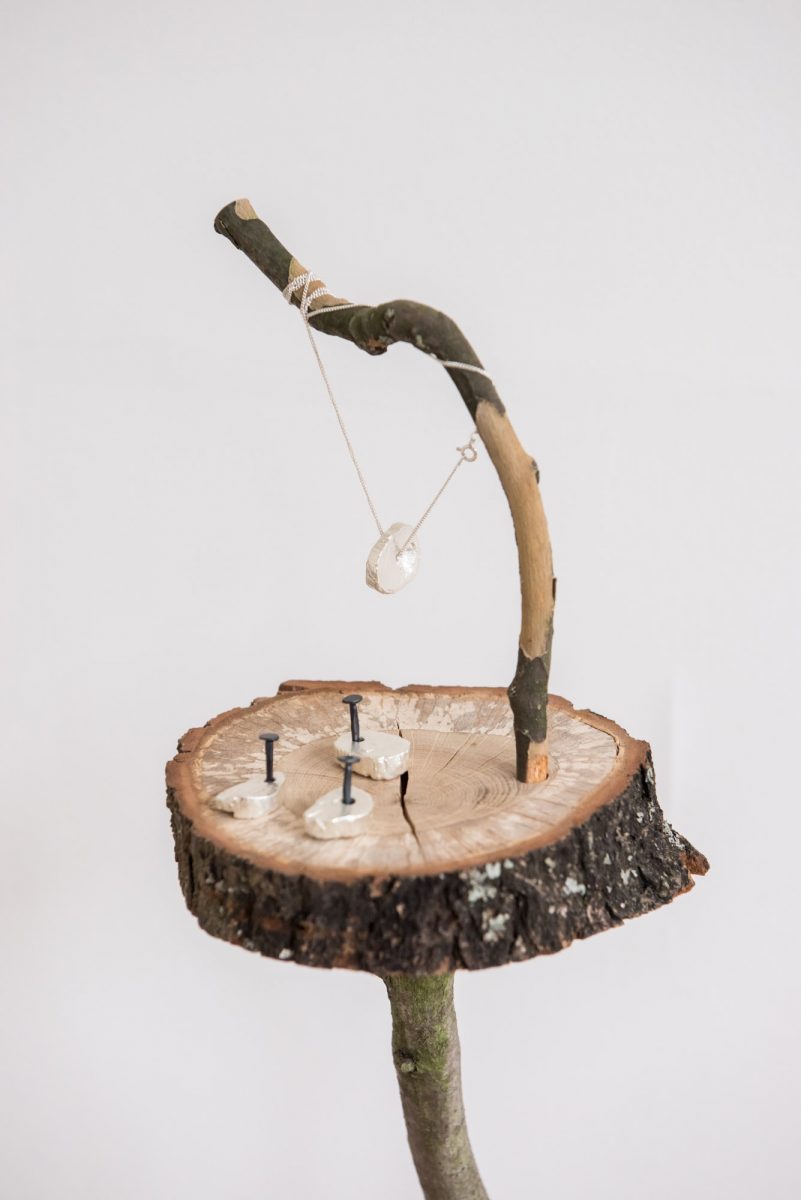
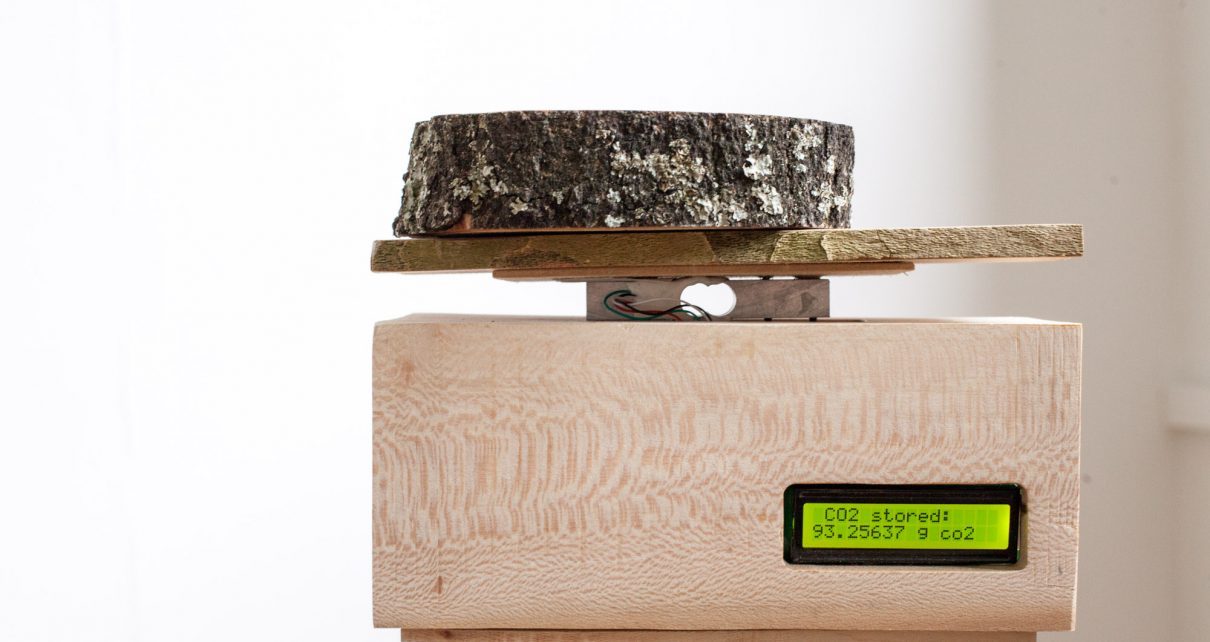
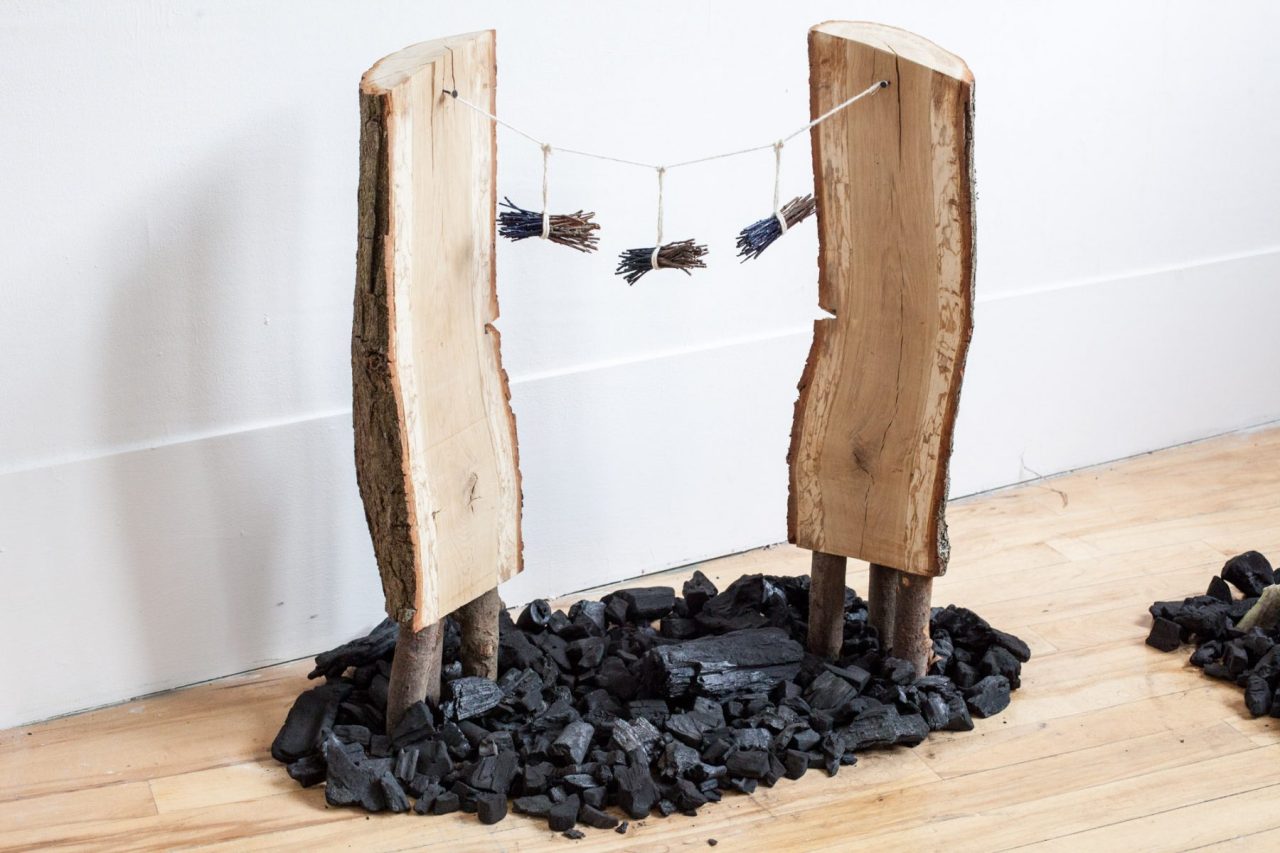
Why You Should Put Yourself Into A Block Of Tofu/Yena Park (Graduated 2019)
The film is a contemporary anti-systematic journey to find an alternative way to perceive the world based on Shinto, the Japanese way of appreciating, merged with Deleuze’s notion of becoming. This is a poetic exploration of ideas – with two languages, it creates a confusing landscape, and considers meaning across two different symbolic forms.


Pensato/ Yaprak Göker (Graduated 2019)
Pensato is a graphic score, designed to explore how repetition becomes rhythm. Keeping playfulness and improvisation as its essence, the score communicates through colour and pattern instead of written information. Each movement transforms the reading process into a musical experience, where reading becomes an execution of a rhythmic sequence. It invites audiences to feel sound as texture. It’s an instrument that becomes you, a multiverse people keep coming back to. Pick the score, pluck the strings – do you hear what the line sings?

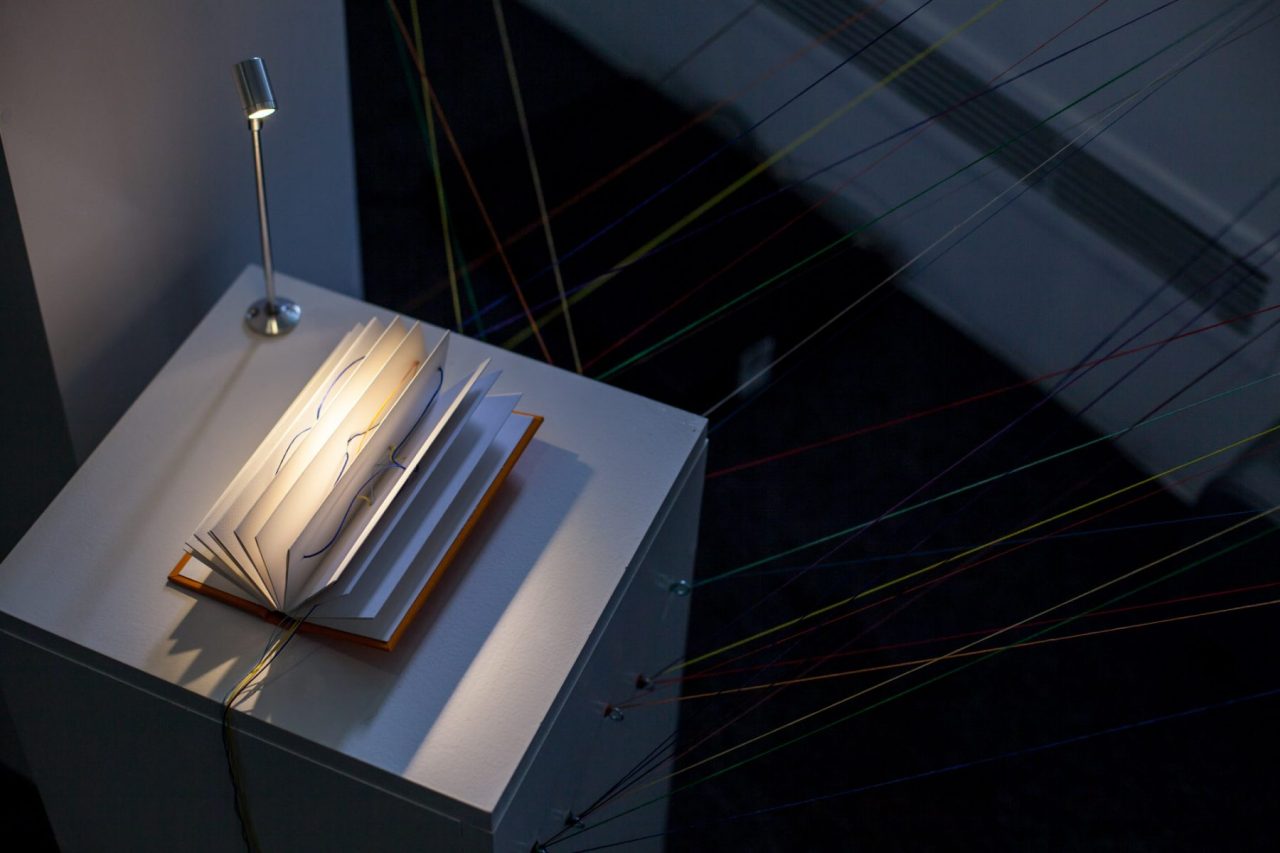

Spitting In Time/ Ashley Zheng (Graduated 2019)
Put a chocolate in your mouth and let it be until the moment you feel it is about to disappear –spit it out.
By performing the act of spitting melted chocolate, it is questioning how form and meaning of an object changes in time and space. The behaviour of putting something in the mouth then spitting it out again explores the notion of ‘dirt as matter out of place’. The transition of an object from one place to another can change its meaning, which also changes with our state of knowledge and perception.
When the chocolate is in the mouth, it allows someone to experience the change of time physically, and sculpting a form invisibly. There is no right or wrong time to spit, everything is just in time. The measurement is a choice based on the ontological experience for individuals. When the chocolate has been spat out, they become unexpected uncanny forms, without its original purpose and definition.





This Is Not A Survey Of 24 Pools In London/ Lucy Anderson
The lifeguard blows the whistle and we all get out of the pool, standing around half naked and dripping onto the tiles. He grabs a net and fishes around in the water until he brings up a plaster. We all dive back in.











Natural Curiosity/ Daisy Buckle
An immersive installation of lit woven willow nests designed to generate curiosity and intrigue. Drawing people in and starting a dialogue about our interactions as part of the natural world.




Work in Progress
Shoki Play: a shared VR experience/ Felix Scholder
Step behind the paper doors onto the tatami mats and become the vanisher of demons, exploring the story of a Japanese netsuke.
Shōki Play is a mixed reality installation that combines XR technology with the concept of ancient shadow play to enrich museum experiences. The installation pushes the boundaries of an individual VR experience to include spectators. The narrative is told through multiple digital and physical objects, blurring the lines of reality inside the VR experience. In addition, the active VR user becomes a shadow play performer for the audience outside, steering curiosity through to invite the spectators into the virtual world.
Shōki Play is a full-body narrative experience that allows the audience to explore a Japanese netsuke in detail, while its character’s fantastical story is revealed through an immersive game. Addressing different senses, like smell, touch, and sound, enables users to reach a higher degree of embodiment.





Native Alien/ Kumi Oda
The status and identification of non-human species as invaders or weeds are conditioned by cultural and political circumstances – it is not the species, but how beneficial they are to the economy. As the introduction of these species becomes more visible to the utopian view of how humans think nature 'should' be, they begin to be eliminated.
For example, in UK there has been a lot of effort to protect red squirrels from the threat of grey squirrels, because reds are native and greys are alien. IED Moving Image Design student Kumi Oda’s film explores the political issues around what the government terms ‘invasive alien species’ through political analogies.


Student Final Projects 2018
A Soul in a Shell/ Ziquan Wang
The image is no longer a two-dimensional image. With the advent of 3D scanning and printing technology, images have become 3D images, a kind of 'deadstone' (Hito, 2017) that lacks the essence of all elements, but is reasonably present in space.
I scanned the fish in 3D and then printed it on the fabric in two dimensions. After sewing the fabric, put the fish in it. In this way, the missing elements of the 3D image are retrieved. Viewers can see the images of the fish, and through the fish in these images, they can also smell the fish and touch the texture of the fish.


Blind faith in computation? Looking for answers online? This project by IED Sound Design graduate Jesse Cahn-Thompson recontextualises digital rituals into culturally familiar forms of ceremony in an attempt to better illuminate the complexities of the commodified internet. Heaven to the Cloud examines algorithmic integrity and agency via online behaviour as interpreted by artificial intelligence. For targeted advertising and content curation, IBM Watson analyses the language of social media accounts to create personality profiles of users – in this case, the tweeted gospels of Jesus Christ.


Virtual Reality Game/ Cara Mills
Virtual Reality Game uses boredom to interfere with the escapism brought about by Virtual Reality. I offer a different type of VR experience that questions expected norms of over-stimulation and over-information, challenging the spaces and settings offered by game developers. An EEG headset measures a player's boredom level—the more bored the player, the more points rewarded.

Rationality & Emotion/ Hua Zhang
Hua’s work questioned glitches and also the relationship p between rationality and emotion? In this installation, tentacles follow viewers, and once people stop moving, the tentacles start to wobble and scratch. Artificial tentacles therefore become an aggressive creature, a trembling vine. I built a tracking system, representing how rationality and emotion are always embodied. They are meant to be awakened in this installation



The Sonic Kitchen/ Derck Littel
Listening to Electro Magnetic Fields (EMF) places you in an ambient sonic array, an unnoticed but structured arrangement of frequencies – with respect to a point of observation – in which radiation provides information on the environment.
All electronic devices emit EMF. This radiation can be made audible in a musical way with a portable tool I designed, the SoundSniffer. EMF radiation is absorbed by the body, in the exhibition metaphorically represented as a kitchen.
In this staged everyday setting participants are invited to use the device to explore the different sources of EMF, playing out a techno-centric narrative when listening at objects of sonic interest – such as electric kitchen utensils, neon lights, switches, the fridge, the microwave – and interact musically not only with the aural architecture of the electronic hyper-environment, but also with each other, as sound cannot be viewed simply in isolation. It is only meaningful in a social environment, when framed as part of a larger cybernetic system that includes humans.
Student Final Projects 2017
DotDotDot/ Luka Kille
The project takes visitors on a journey that recreates the emotional and physical sensation of blindness, based on my own experience of being blindfolded for one week. This journey attempts to simplify the struggles and positive surprises presented by the experience.


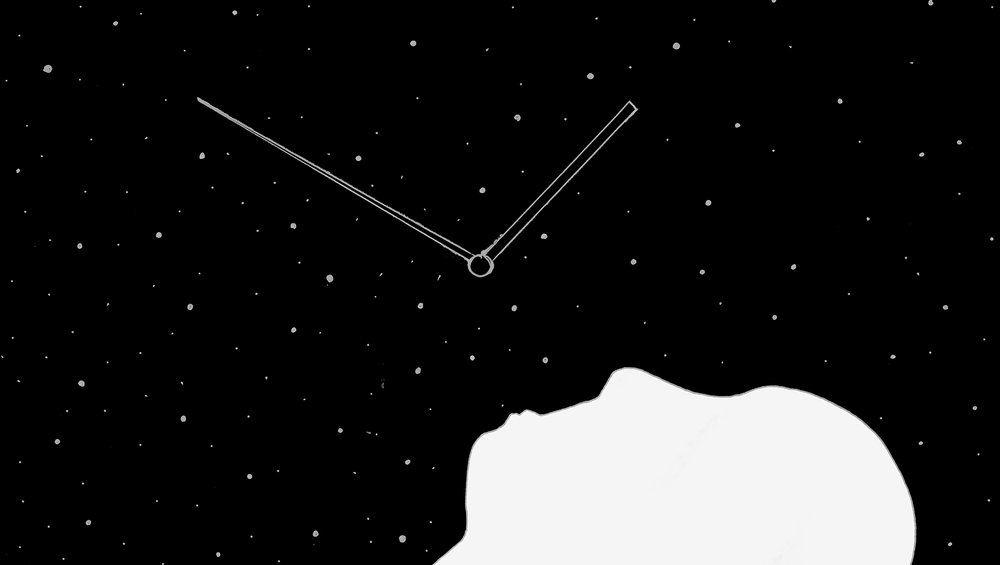
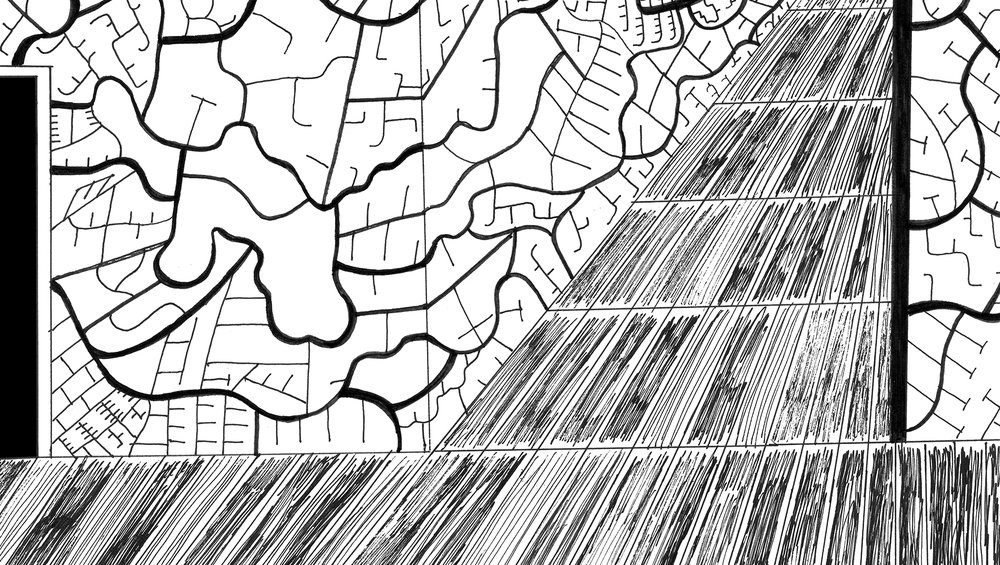






Emily Briselden-Waters

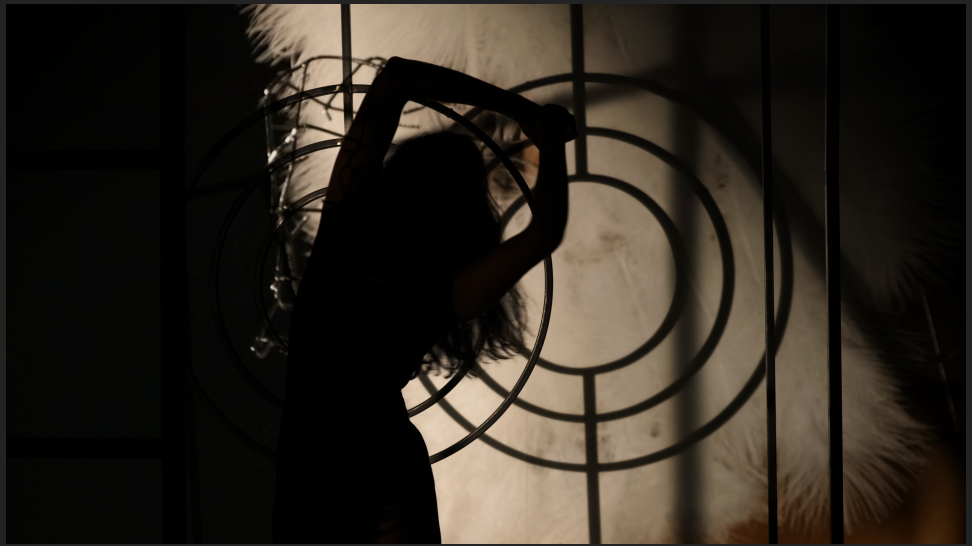
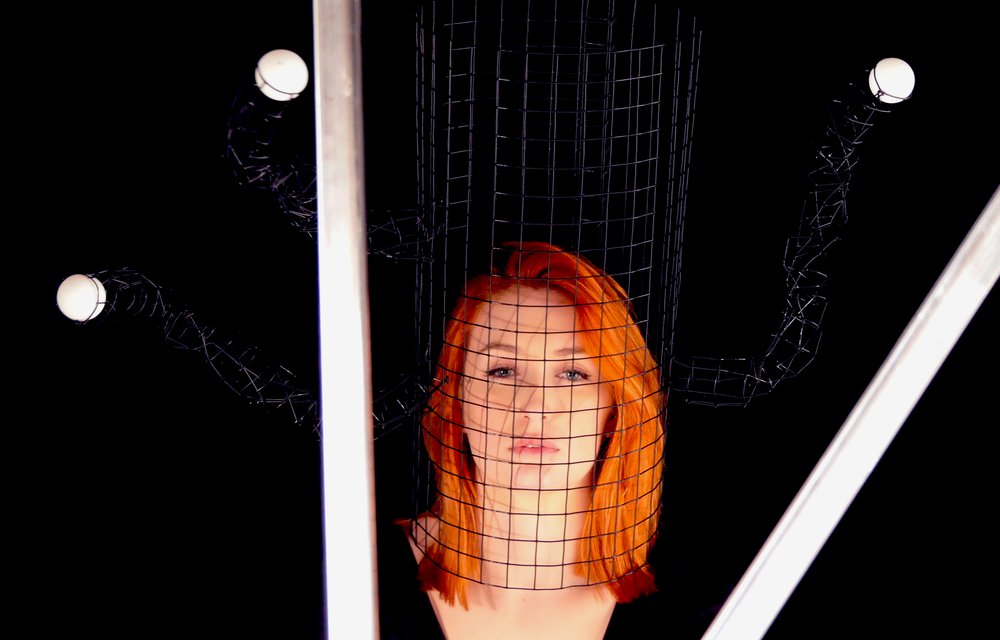

Kim Yip Tong




Rose Leahy & Amanda Bahm





Student Final Projects 2015
In Memory of Memories/ Xinglin (Isil) Sun
Set in the RCA Stevens Building during the late Victorian era, this project tells a semi-fictional story through fragmented childhood memories. Visitors will use both both their visual and haptic perceptions to discover the narrative that is scattered around the building. The project transforms the space into an improvised domestic playground that engages the visitor through playful and hands-on activities.

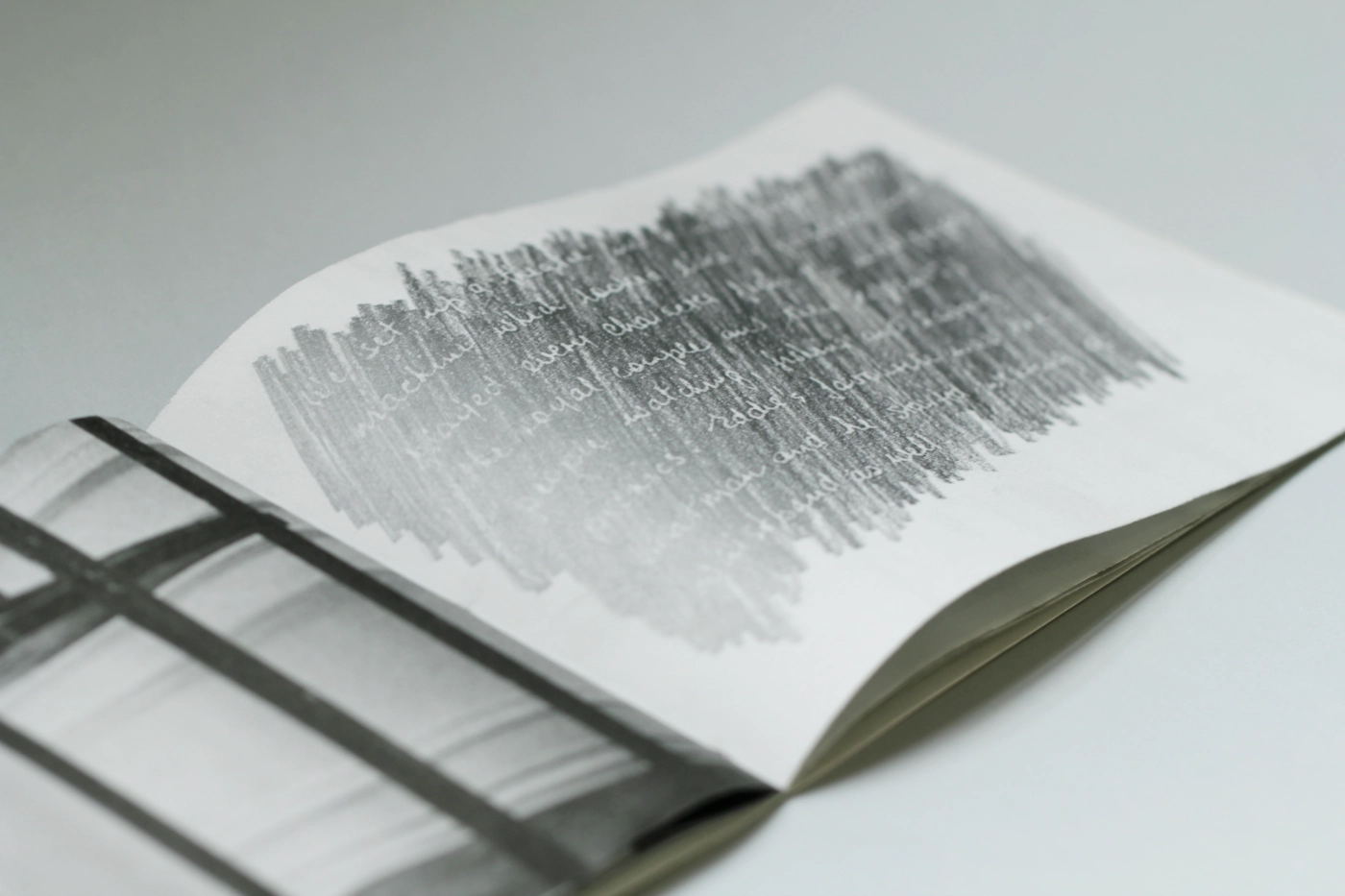


Student Final Projects 2014


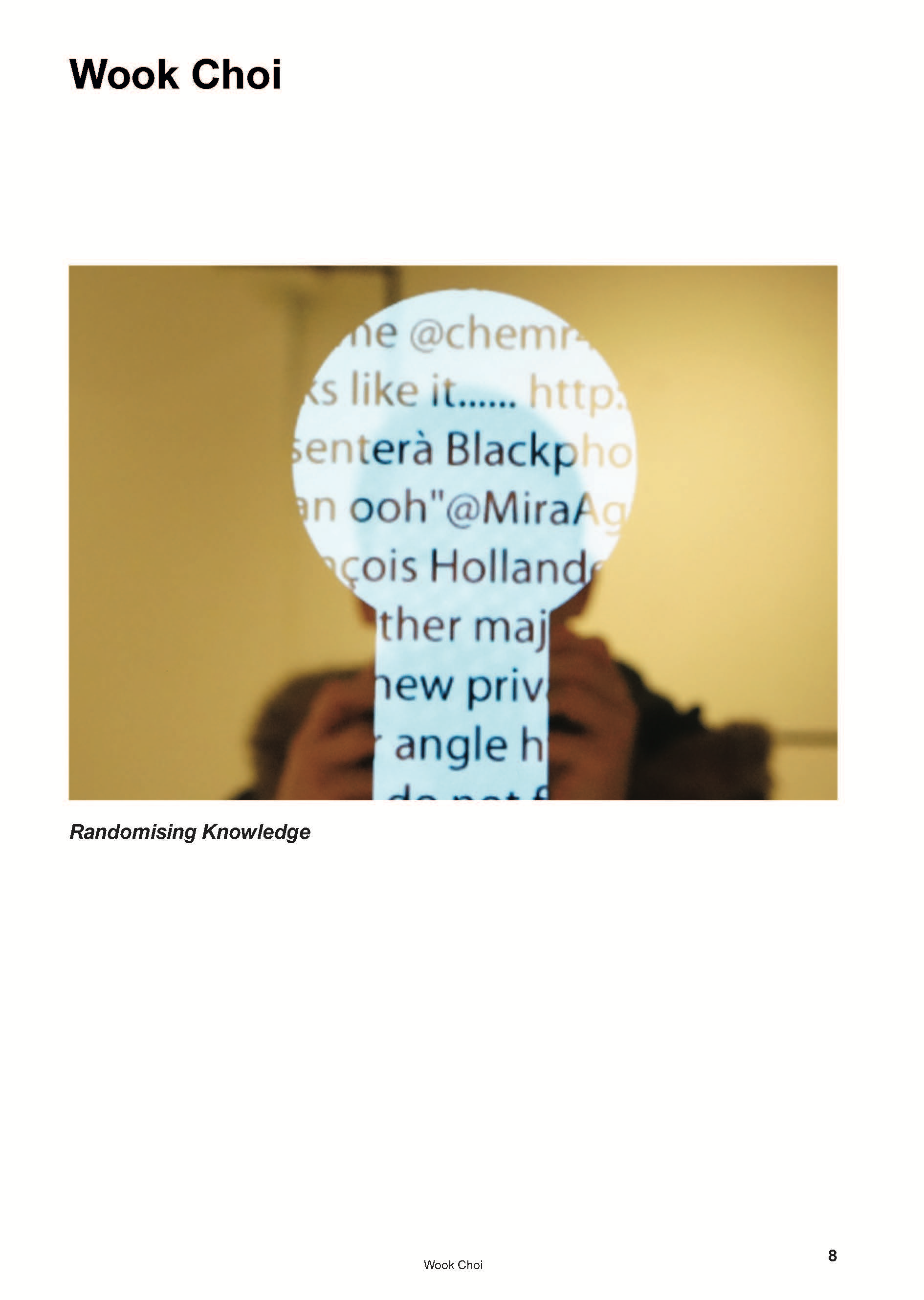



















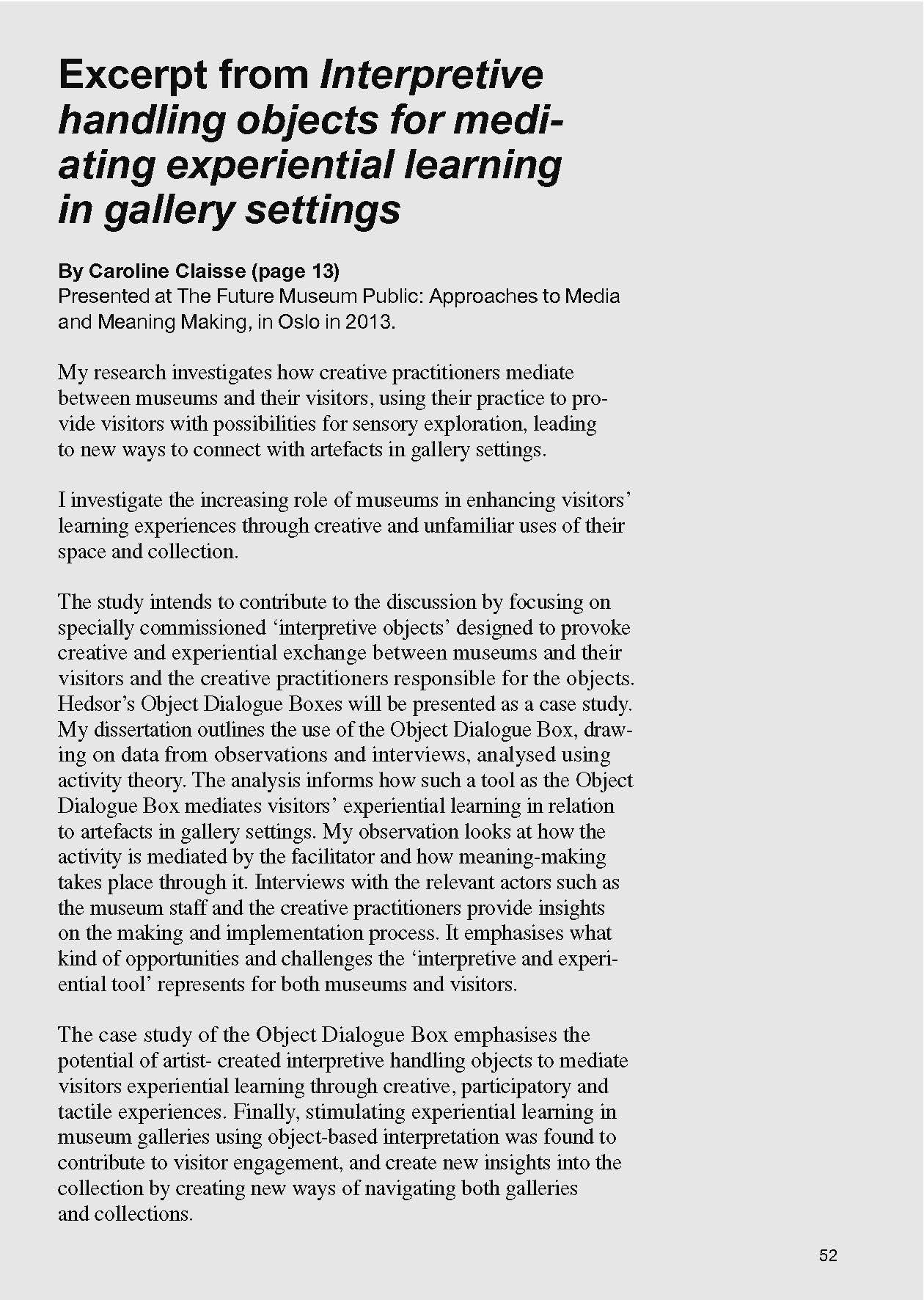





















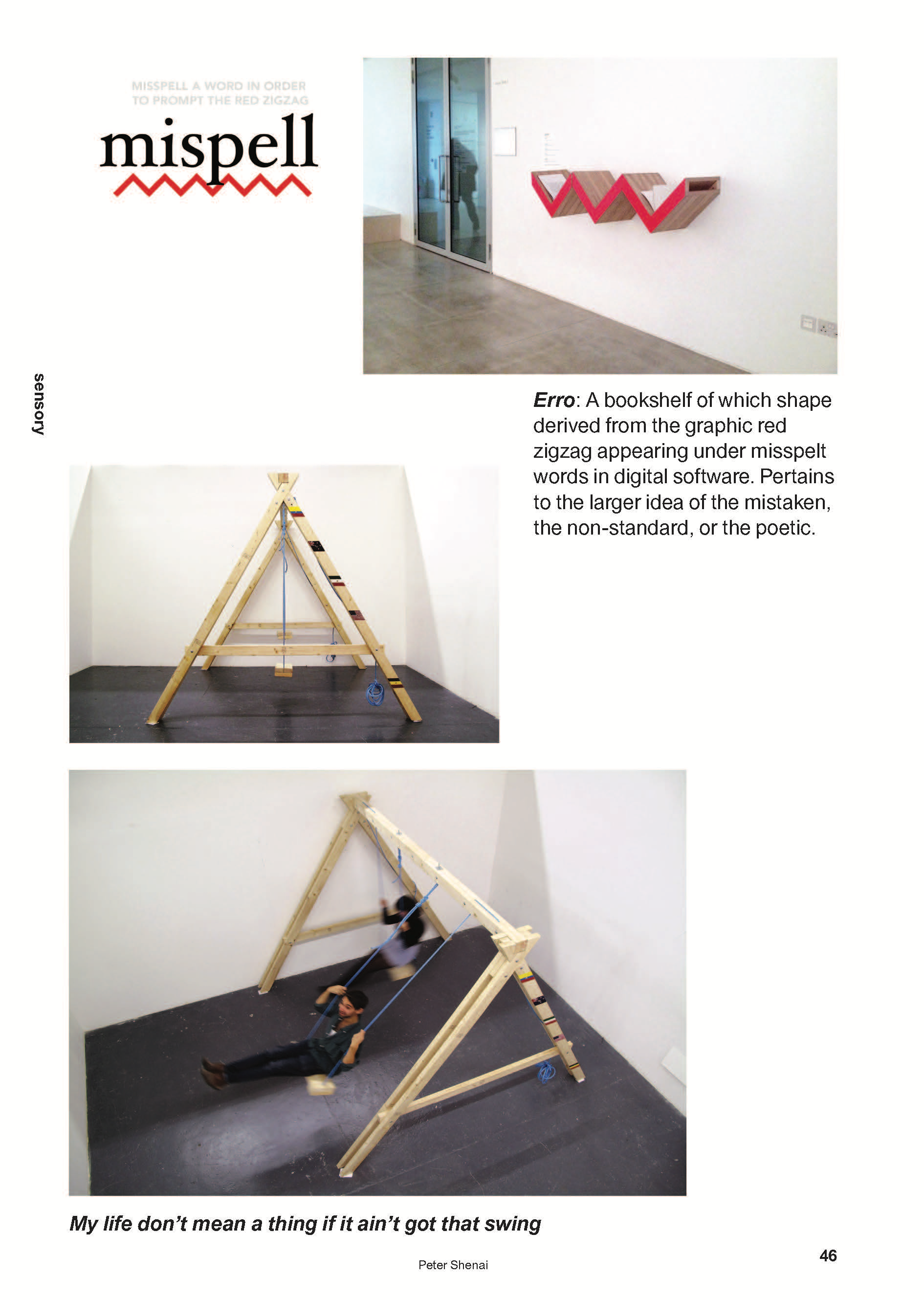





In 2014 student Caroline Claisse and Xinglin Sun also presented their work that formed part of my research project on videogames for hospitalised children. Read more here.



IED Exhibitions
The Exploded Screens elective (which went on to become Exploded Stories) had an exhibition of their work in an underground carpark in Leicester Square.
White Noise
